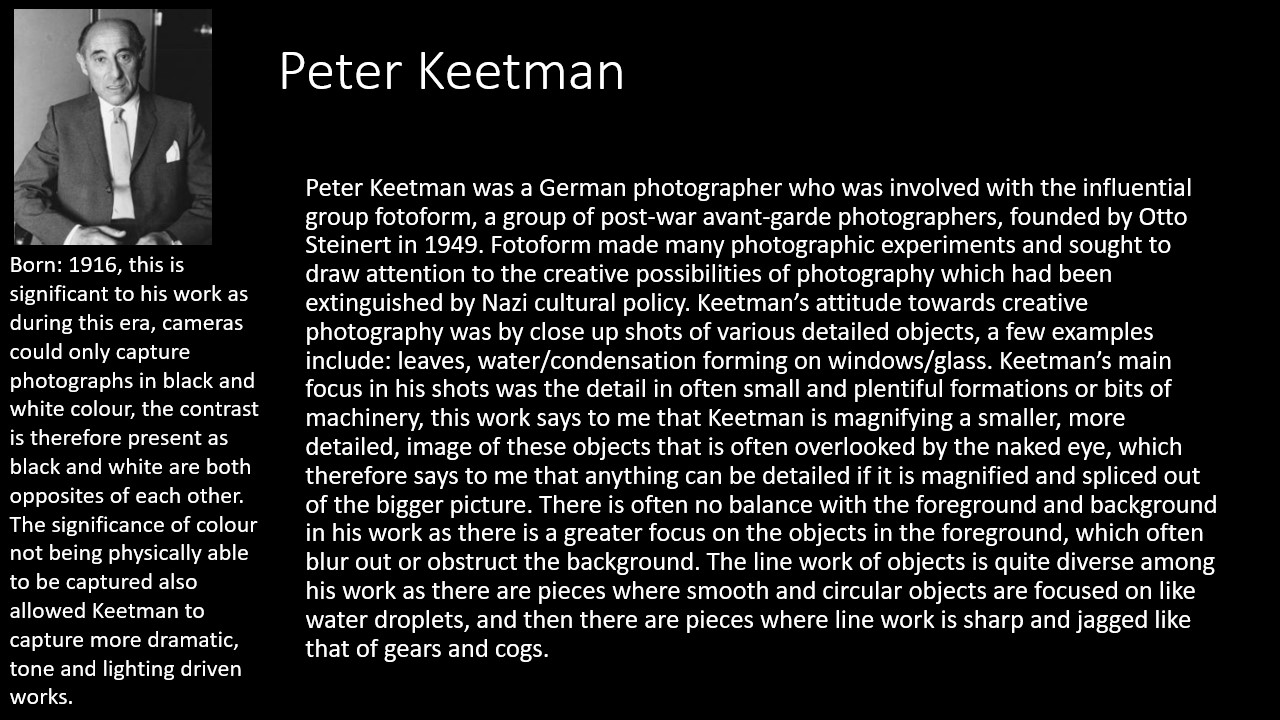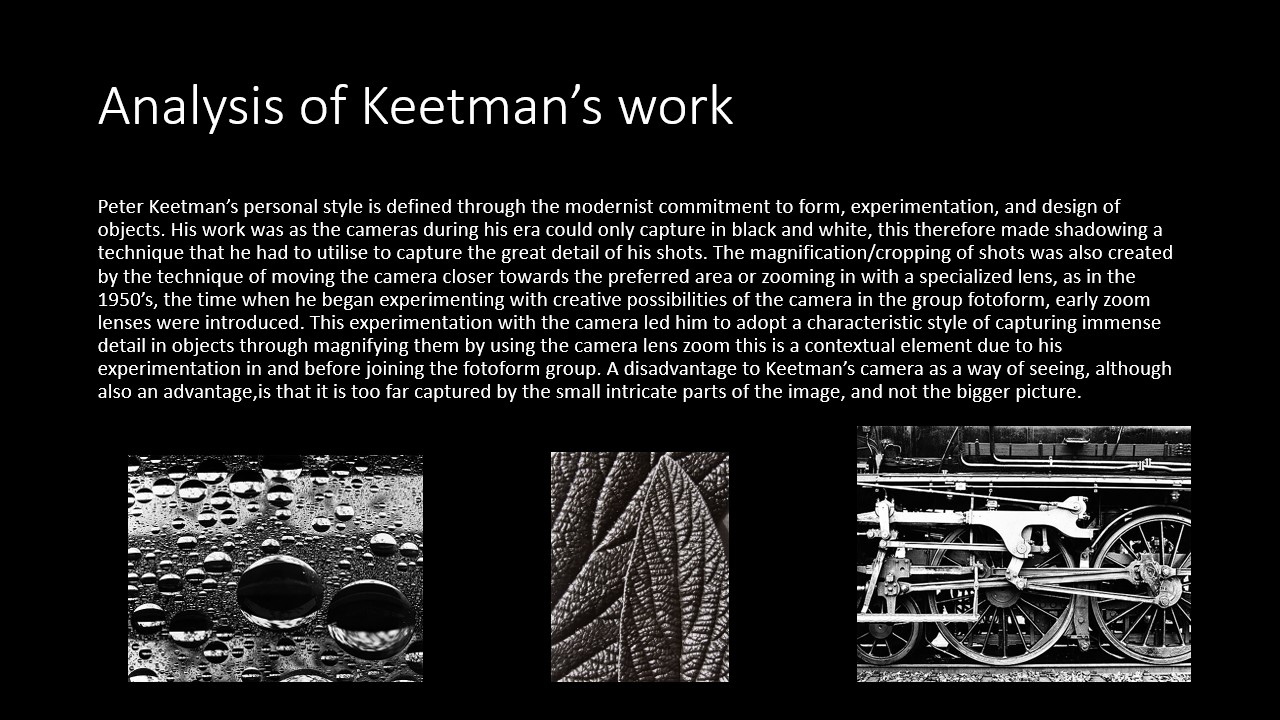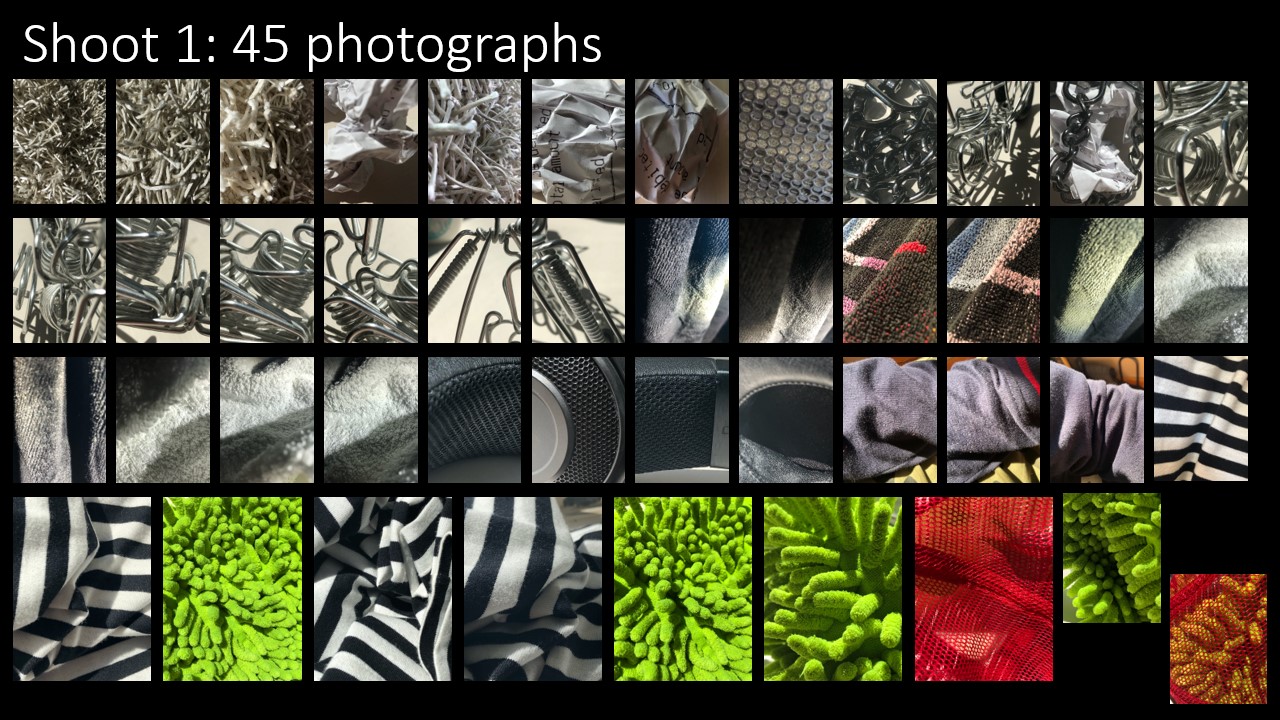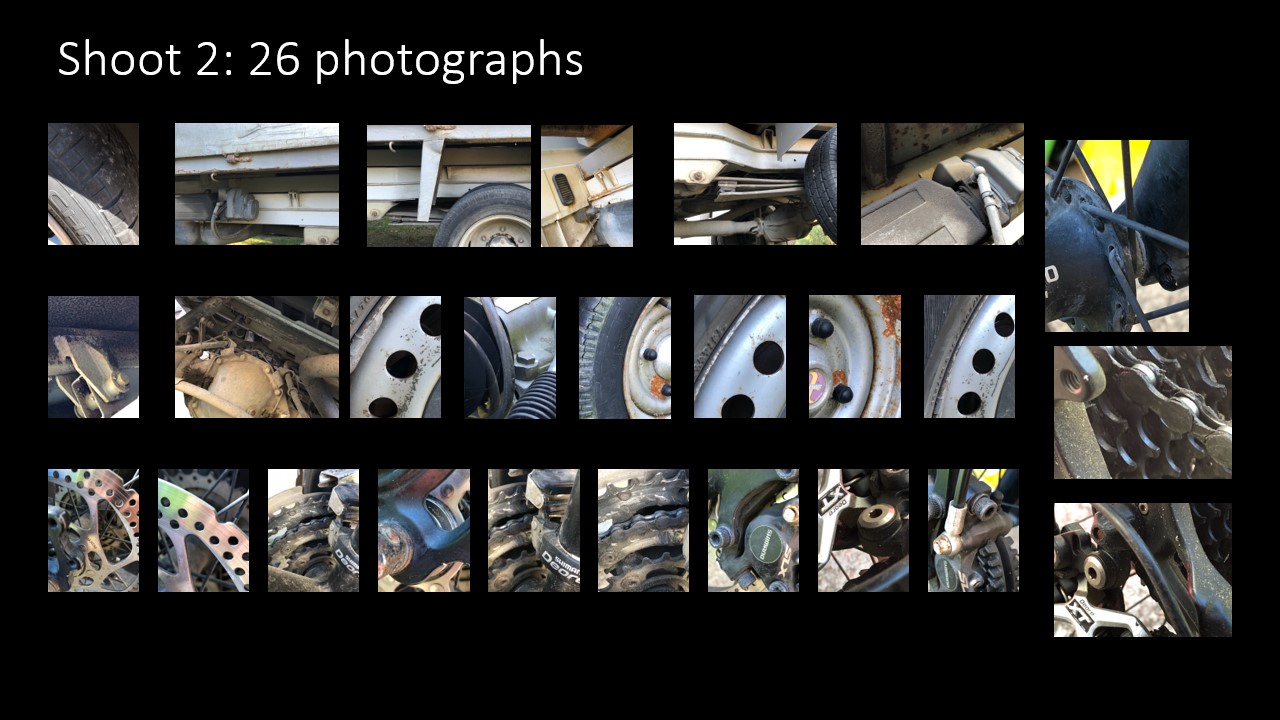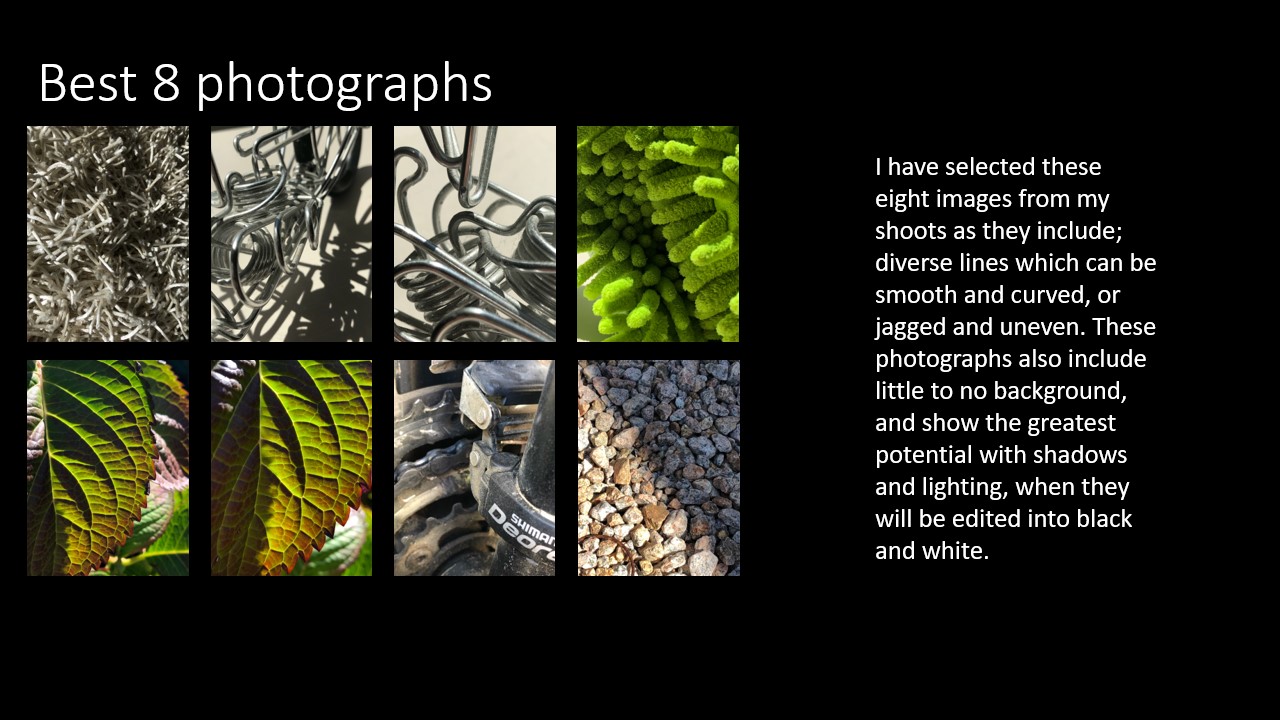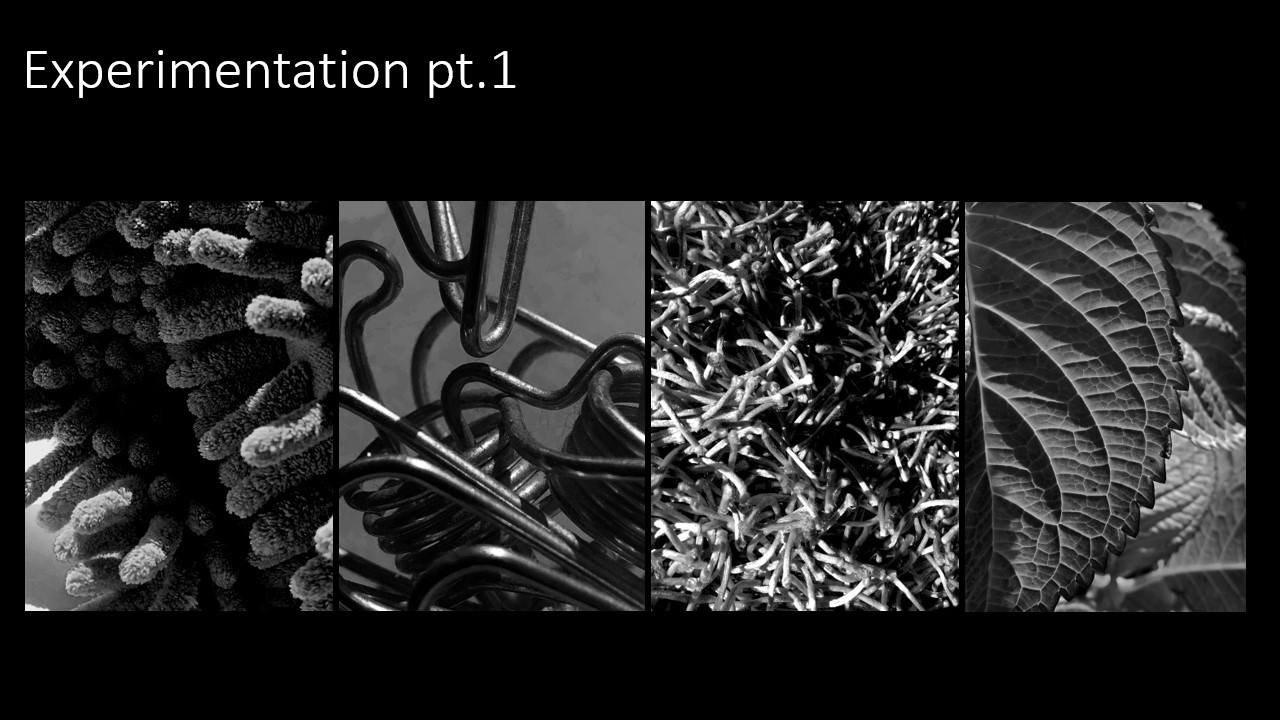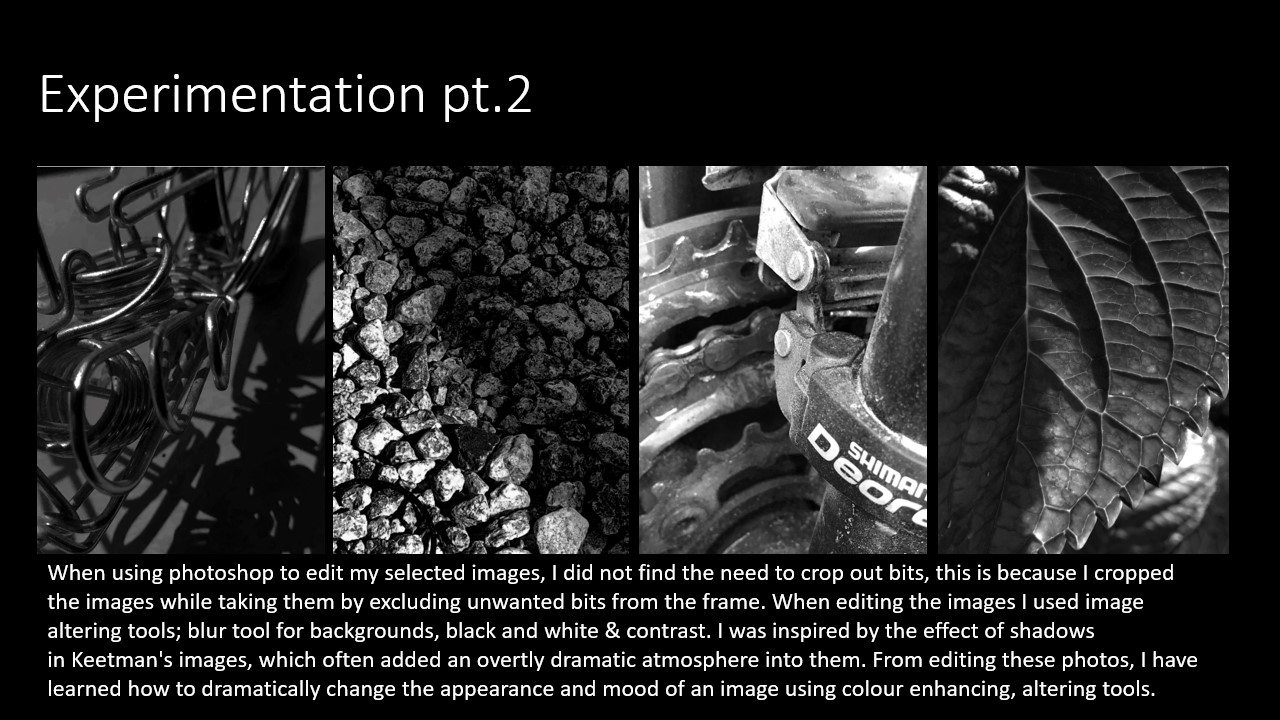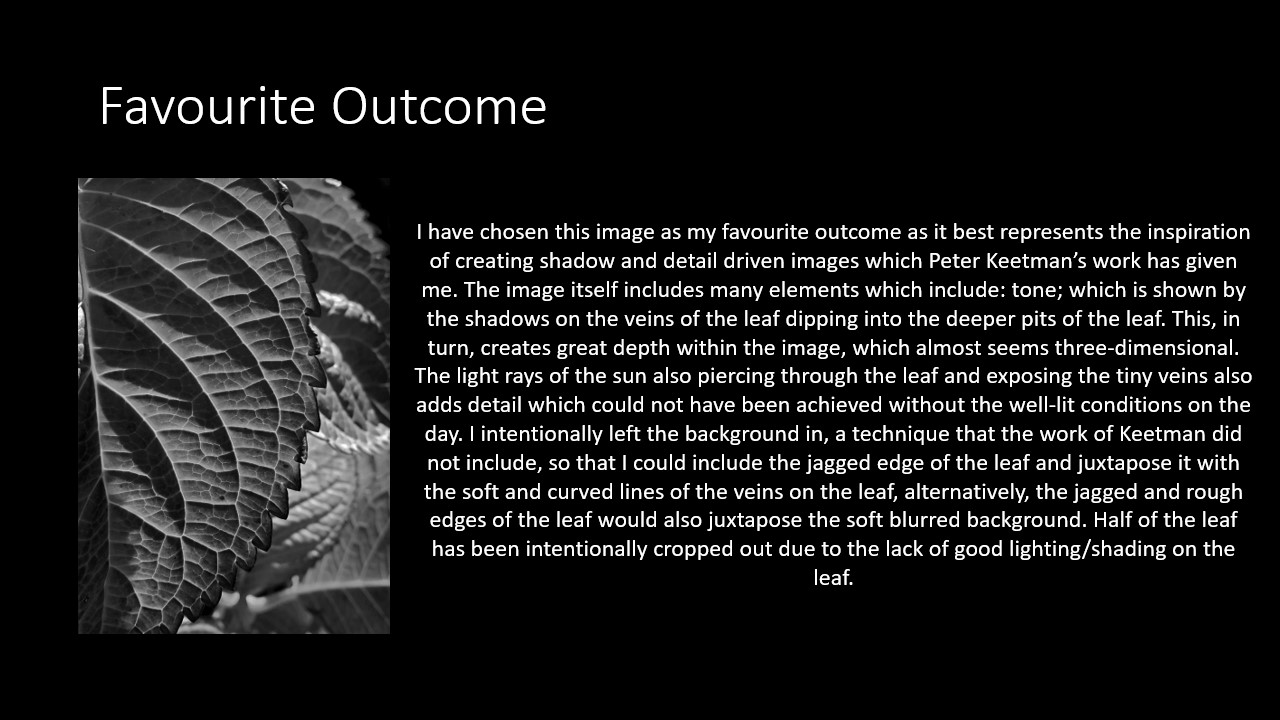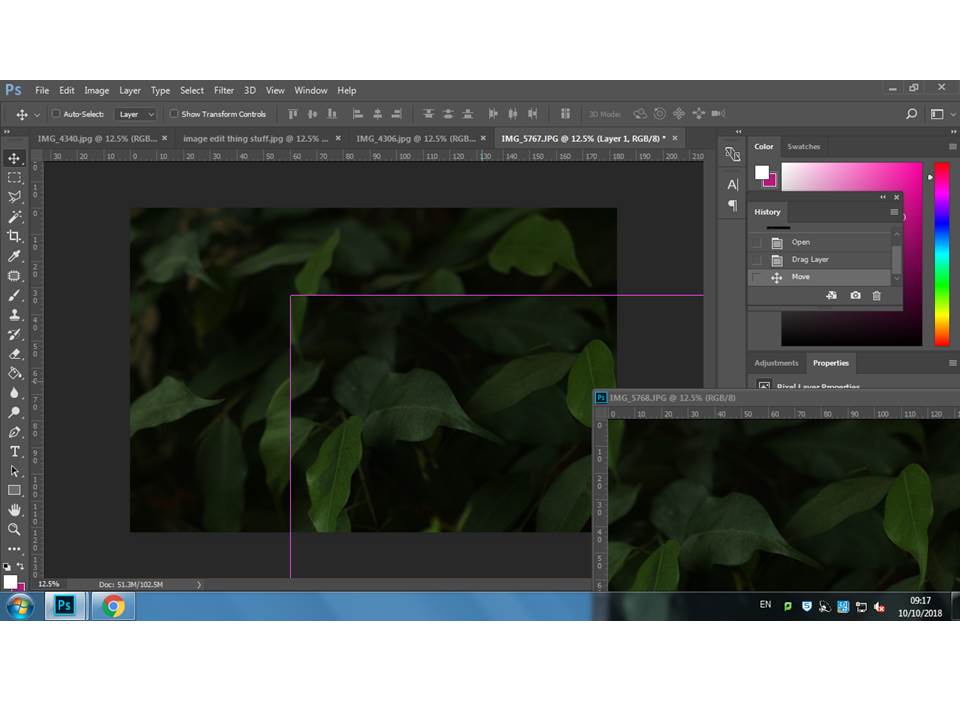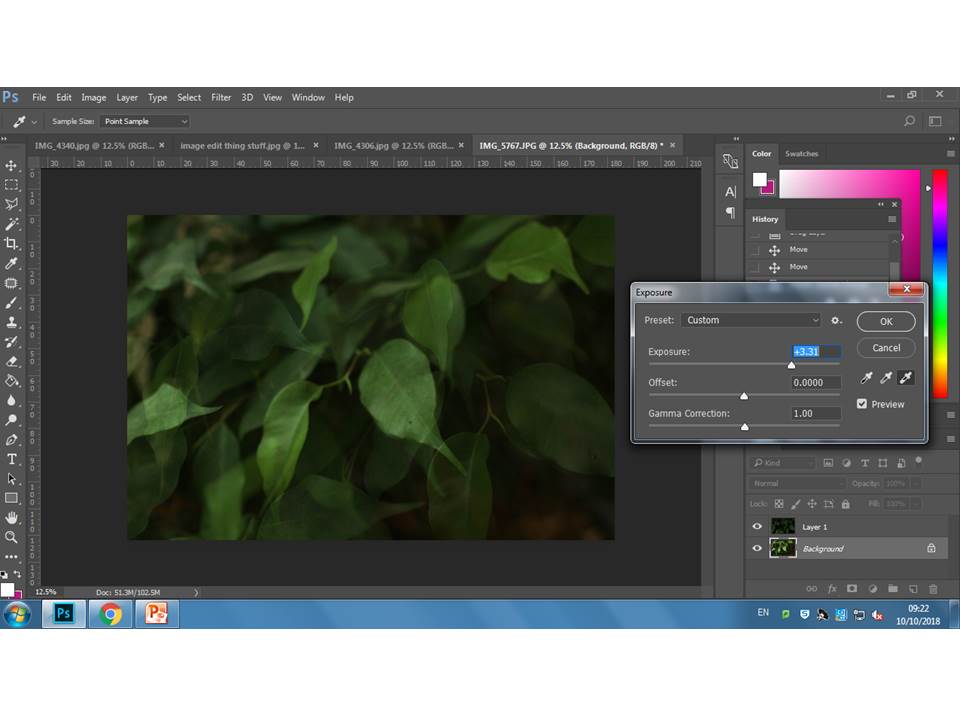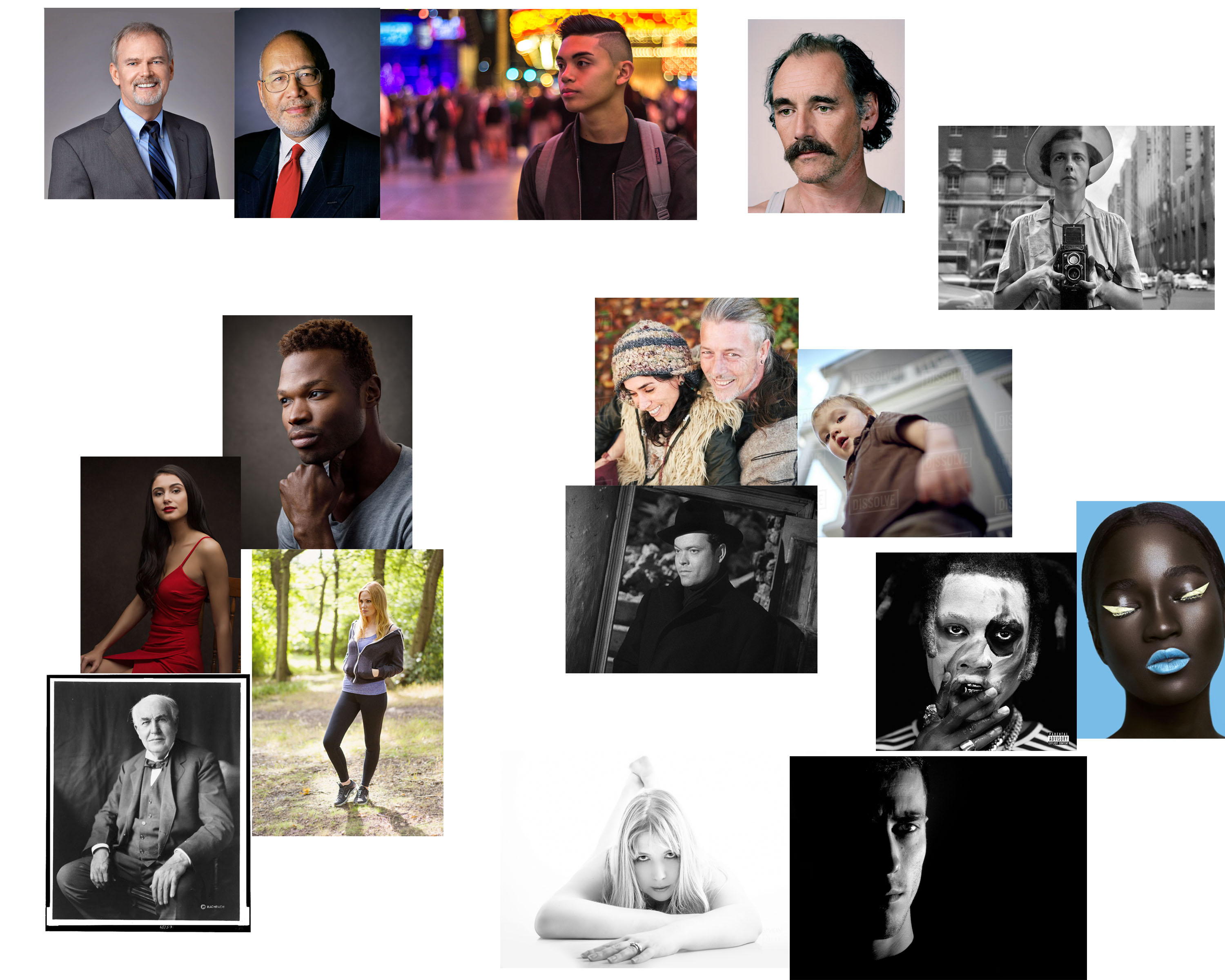
All posts by Filip S
Filters
Aaron Siskind Analysis & Response
Aaron Siskind was an American photographer who was closely involved with the abstract expressionist movement.
Siskind’s early work contributed to a social documentary of Harlem, New York. This was known as the Harlem Document. Siskind also identified with the ideas and styles of the Abstract Expressionist artists in New York in the 1940s. In these later photographs he continued to emphasize the modernist concern with the flatness of the picture plane, but intensified his approach to picture making – with close-up framing, as well as emphasis on texture, line, and visual rhymes – creating abstract images of the real world.
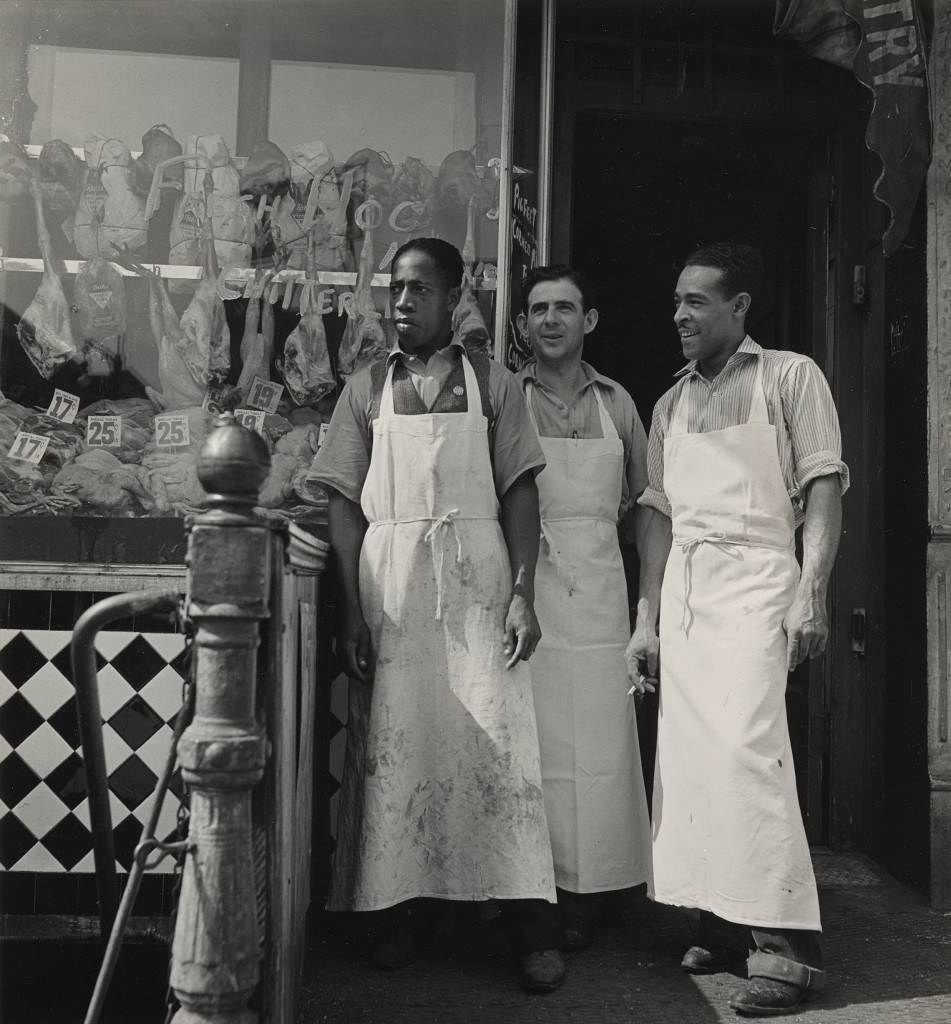
An image from the Harlem Document.
Mood Board
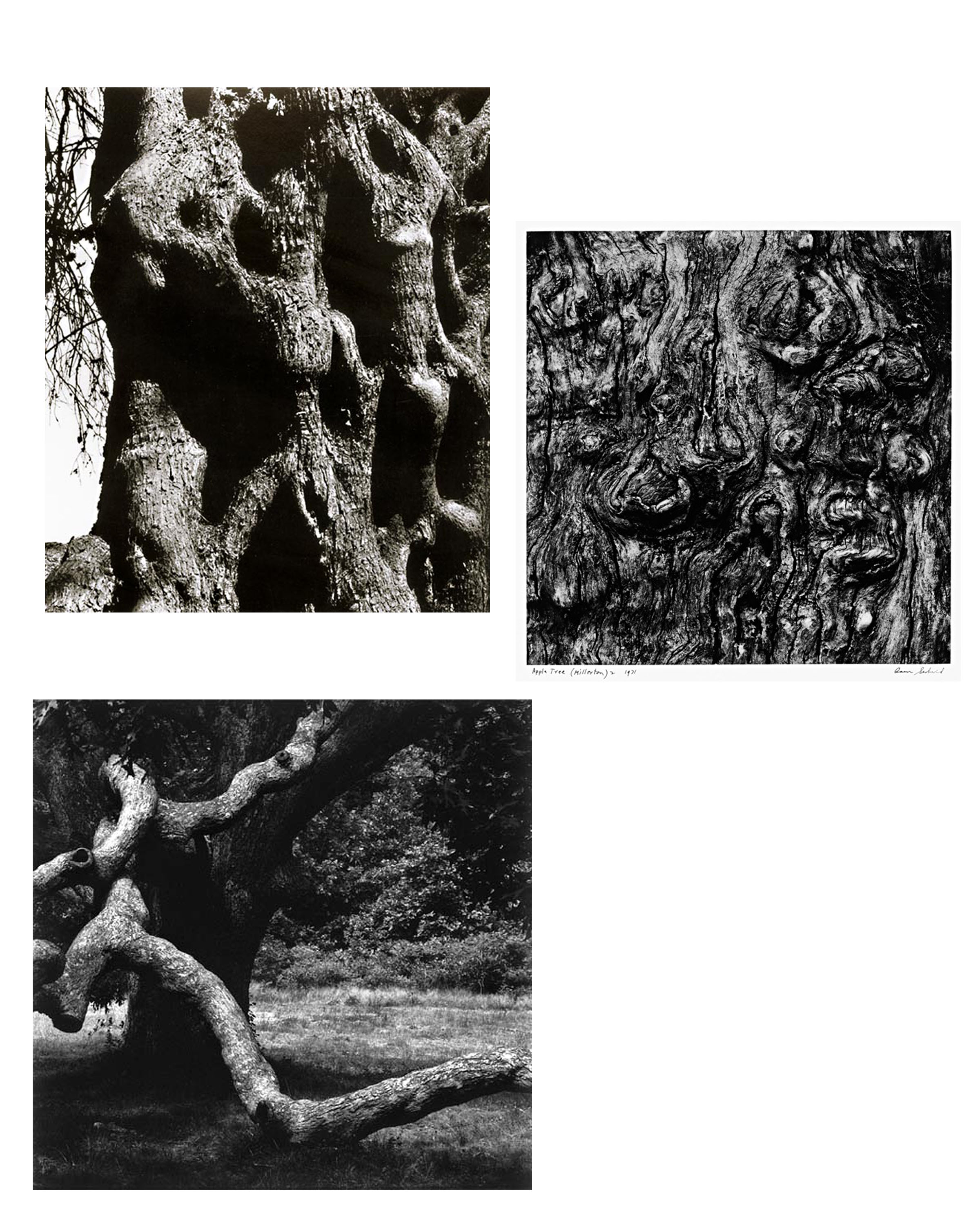


Images By Aaron Siskind.
Photo Shoot
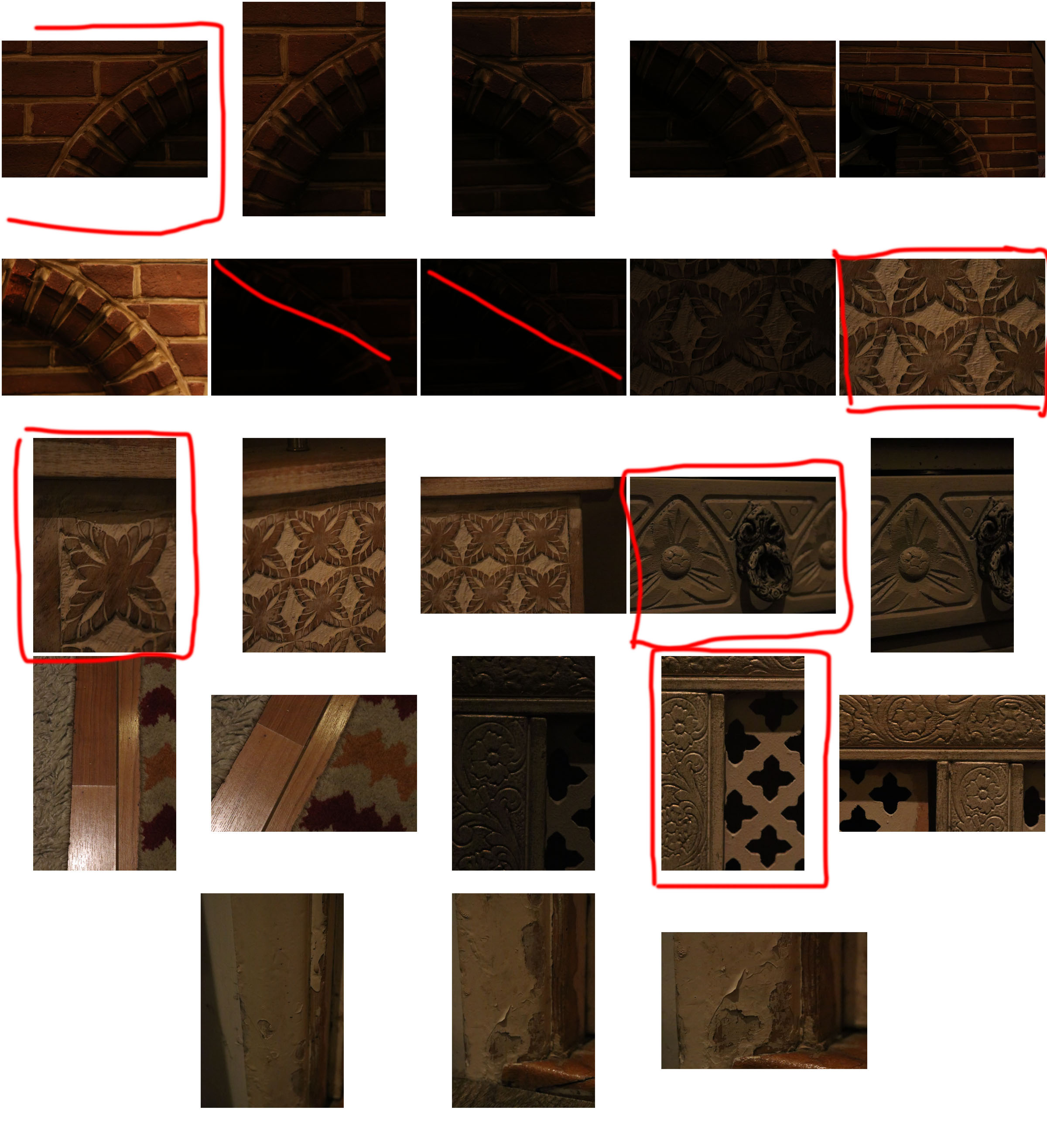 Favourite Images
Favourite Images





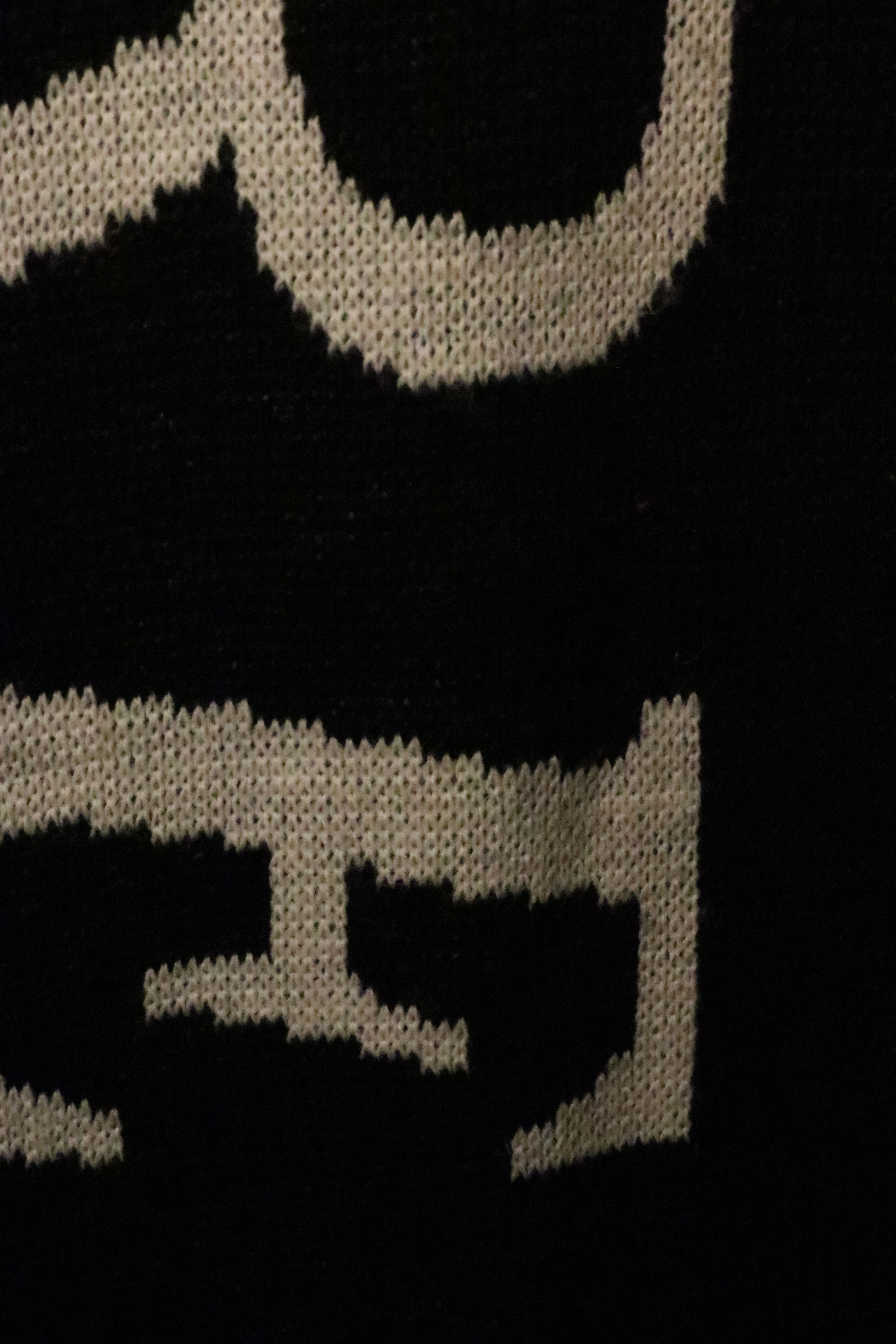
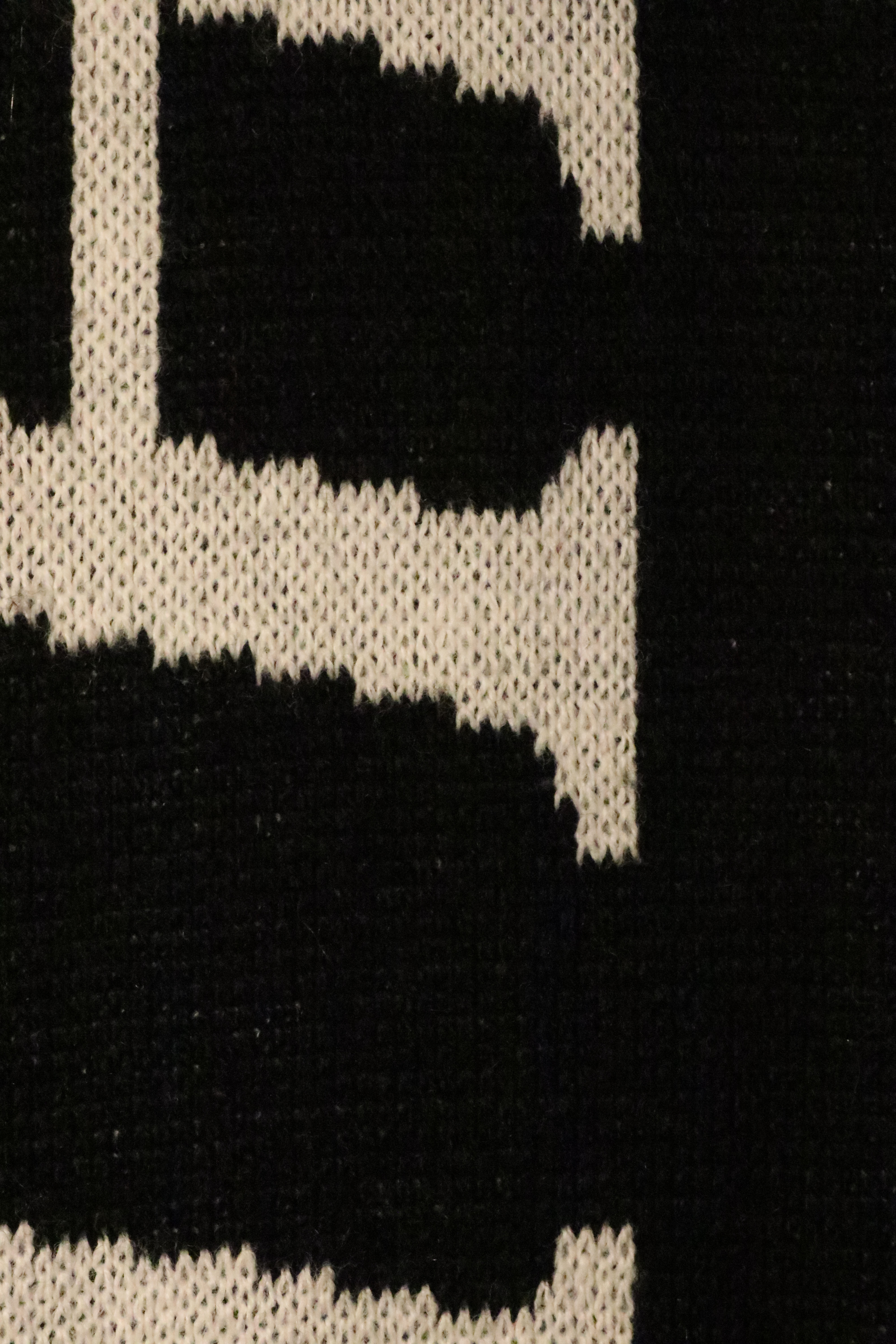
Editing

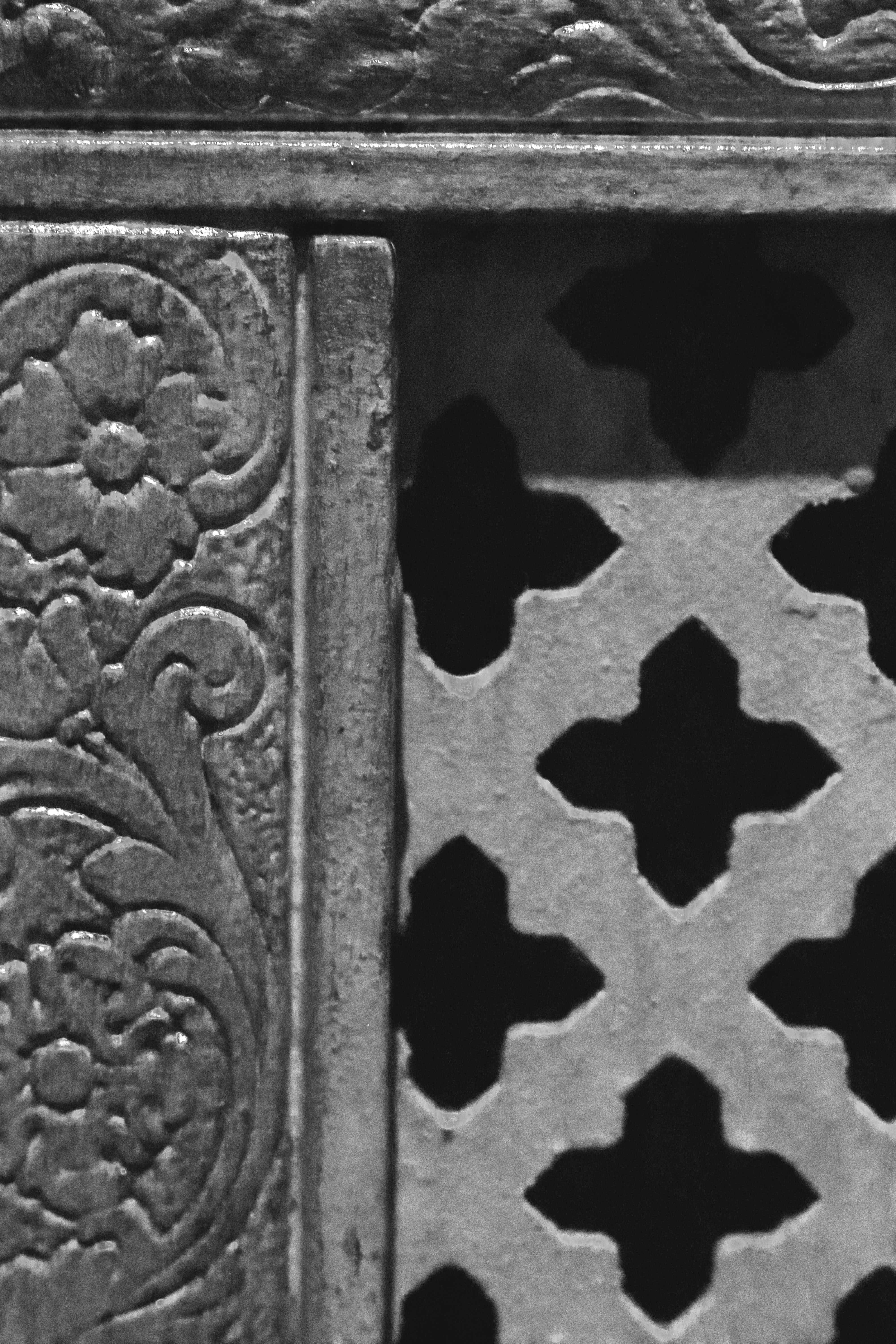

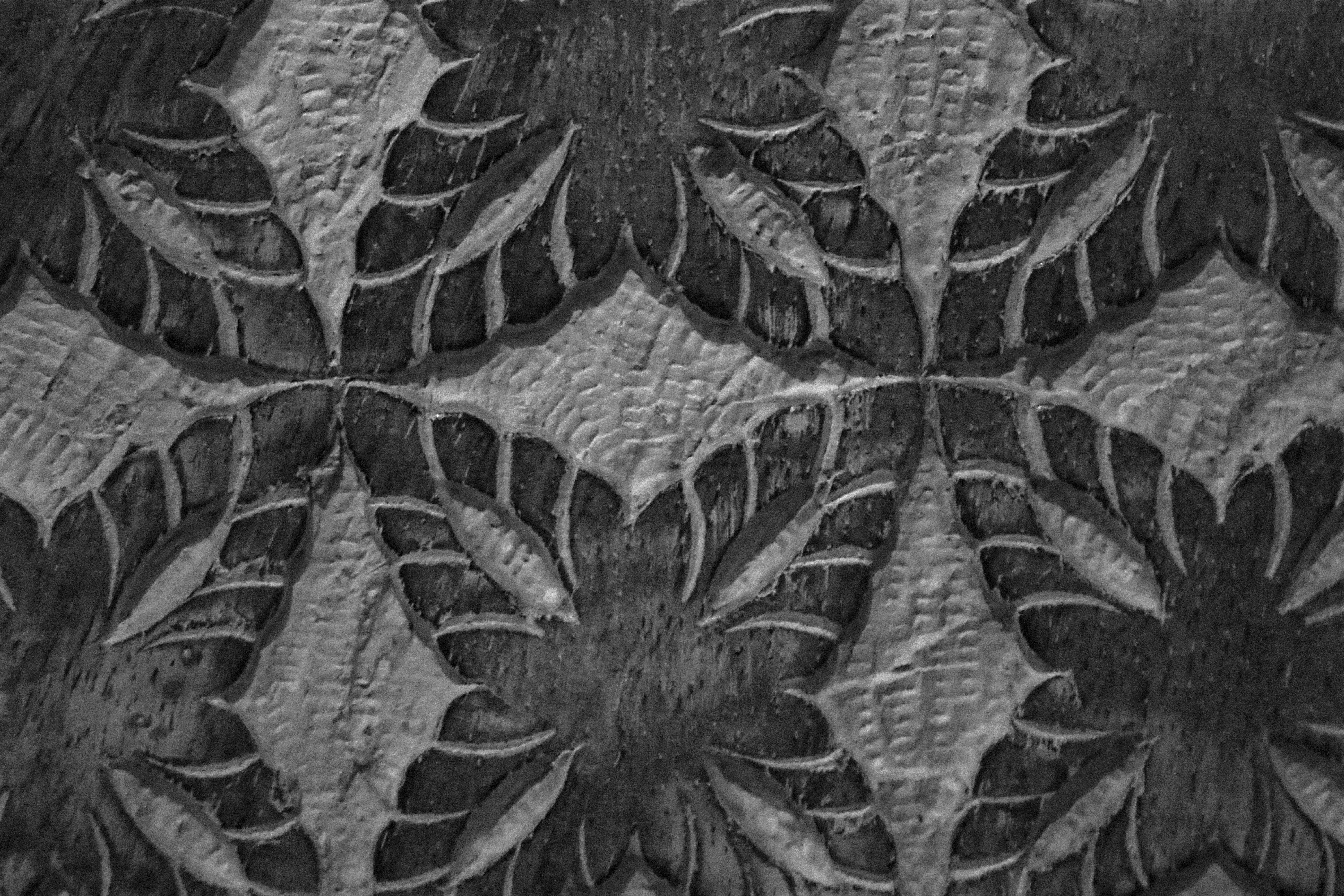
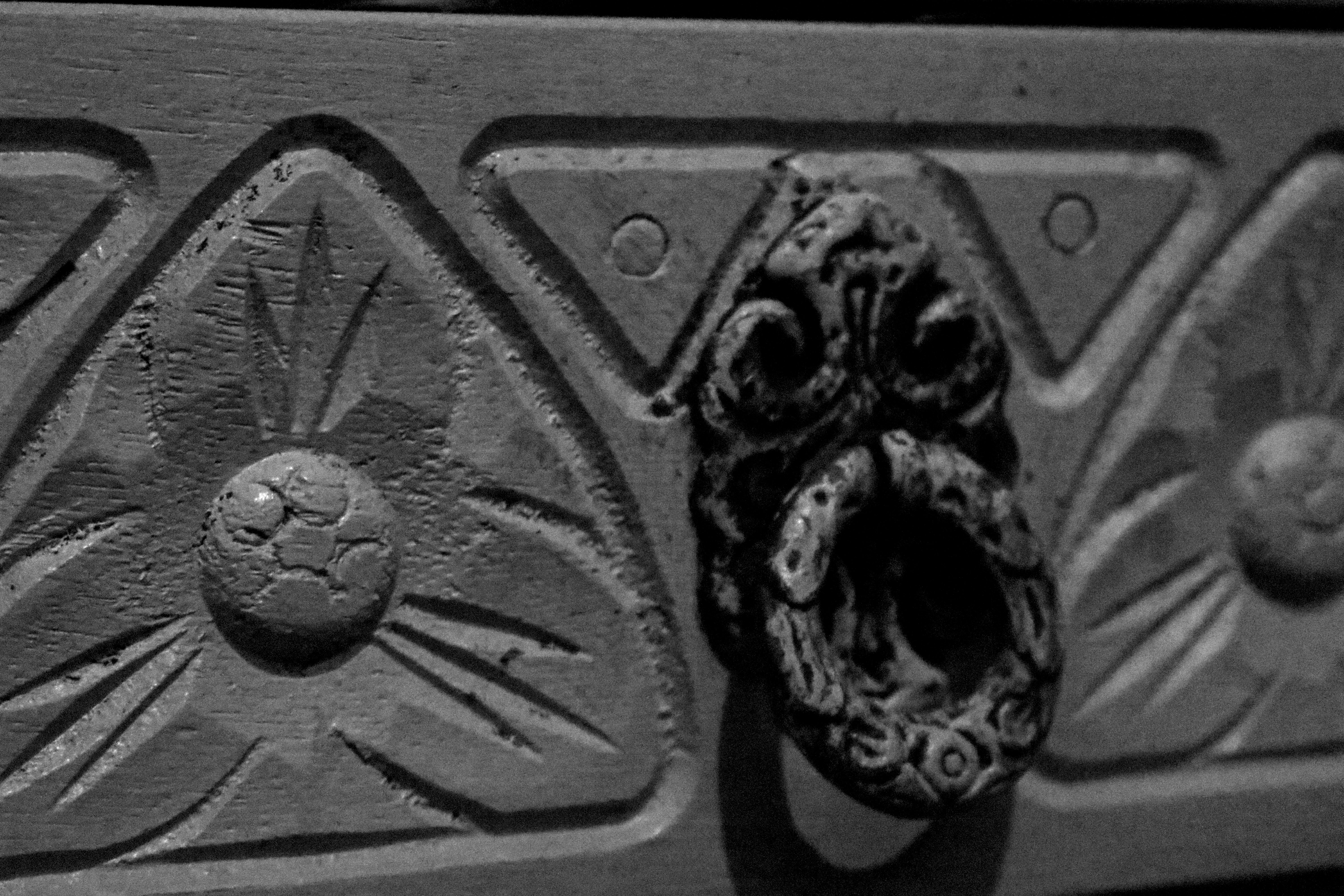
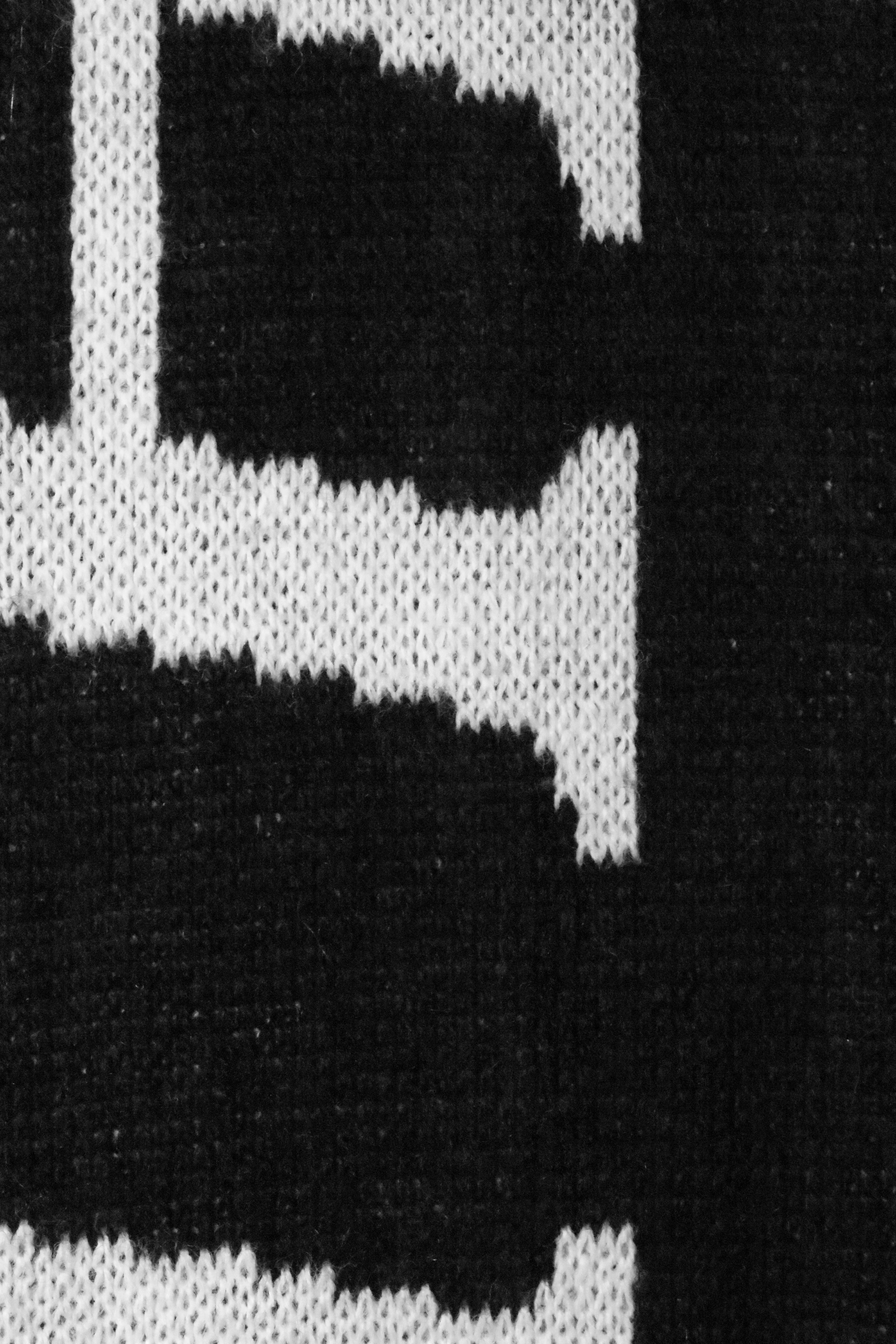

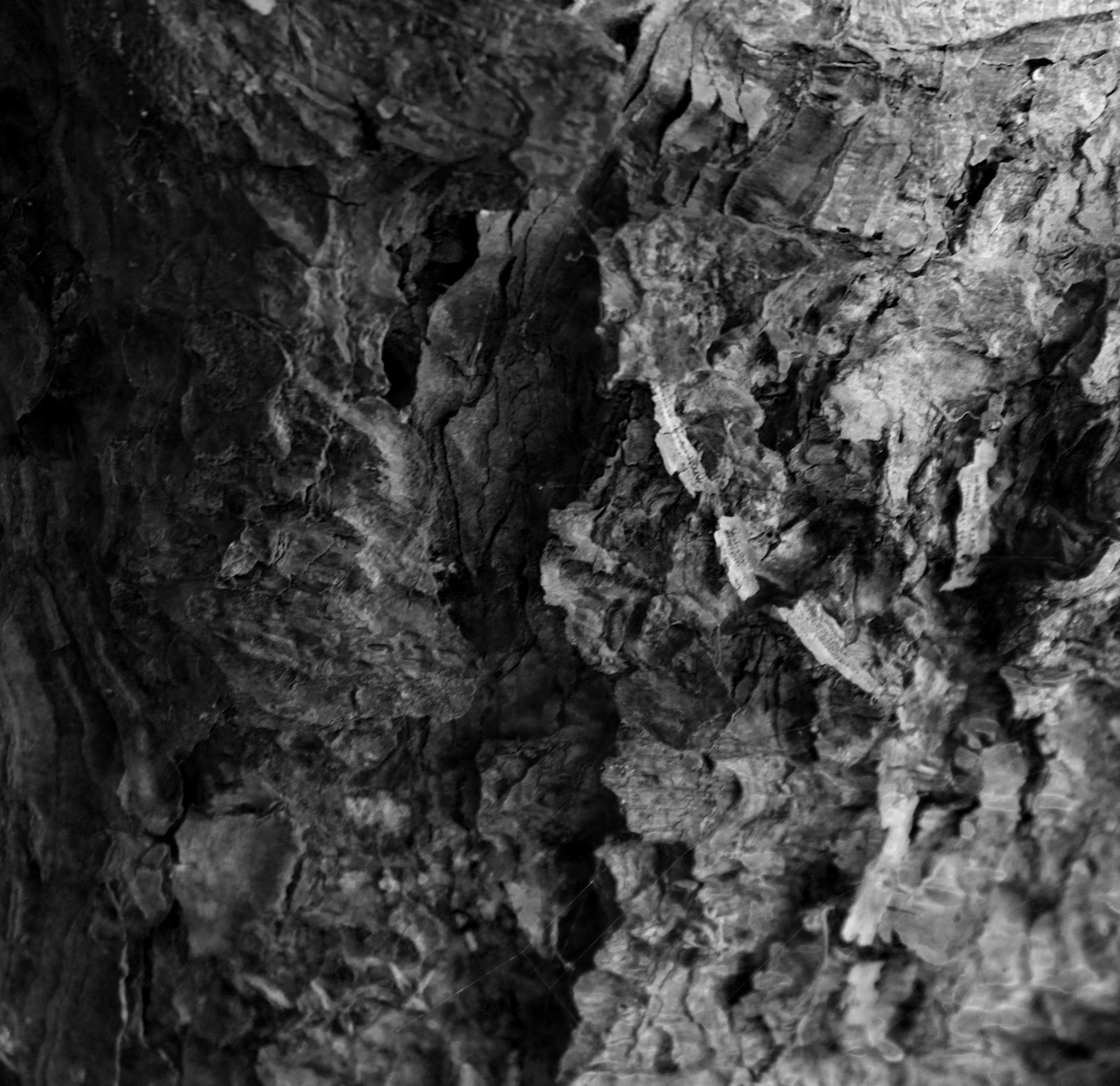
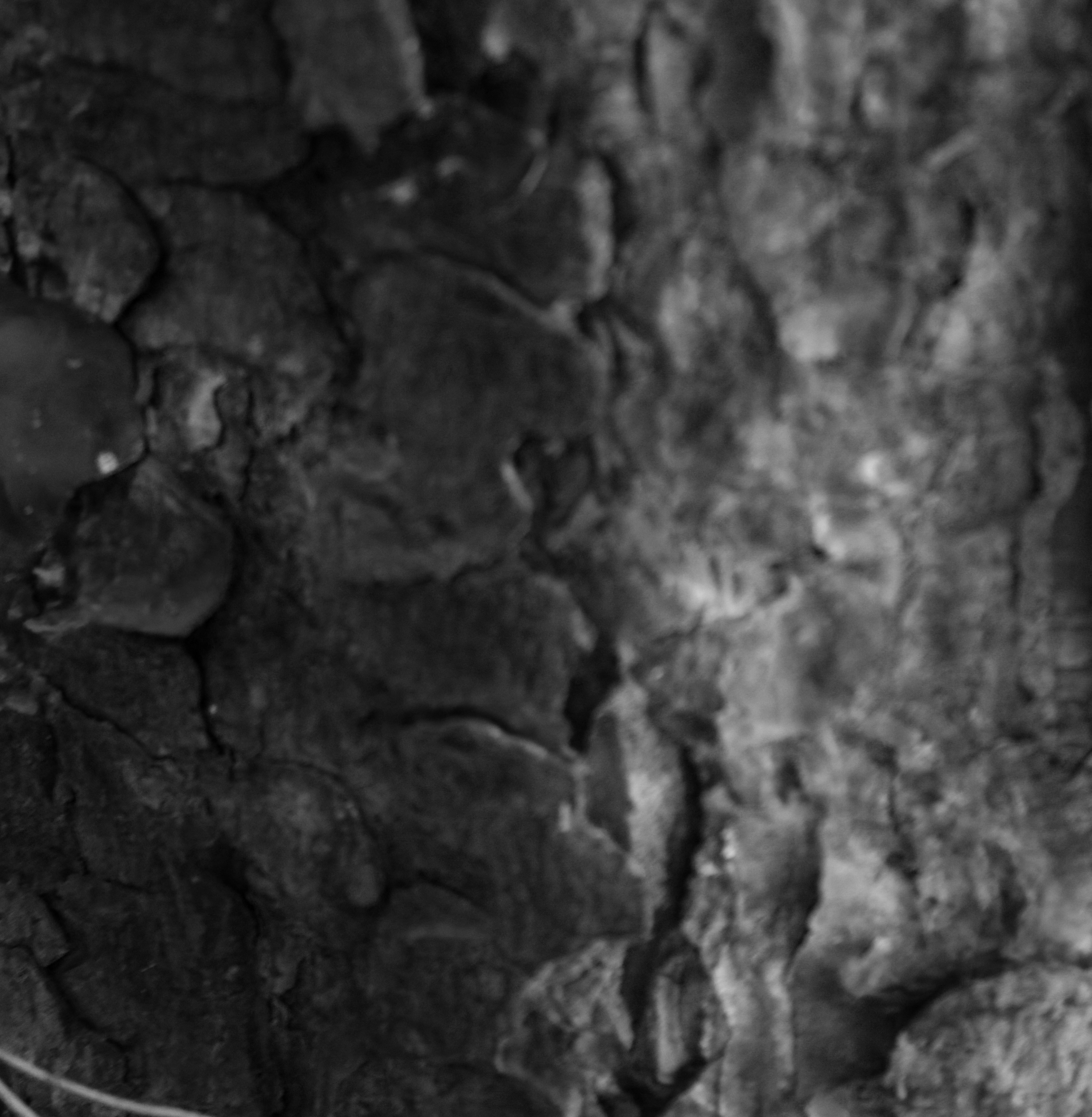
Analysis & Response to Albert Renger-Patzsch
Albert Renger-Patzsch was a German photographer associated with the New Objectivity.
Renger-Patzsch was born in Würzburg and began making photographs by age twelve. After military service in the First World War he studied chemistry at Dresden Technical College. In the early 1920s he worked as a press photographer for the Chicago Tribune before becoming a freelancer and, in 1925, publishing a book, The choir stalls of Cappenberg. He had his first museum exhibition in 1927.
A second book followed in 1928, Die Welt ist schön (The World is Beautiful). This, his best-known book, is a collection of one hundred of his photographs in which natural forms, industrial subjects and mass-produced objects are presented with the clarity of scientific illustrations. The book’s title was chosen by his publisher; Renger-Patzsch’s preferred title for the collection was Die Dinge (“Things”).
In its sharply focused and matter-of-fact style his work exemplifies the esthetic of The New Objectivity that flourished in the arts in Germany during the Weimar Republic. Like Edward Weston in the United States, Renger-Patzsch believed that the value of photography was in its ability to reproduce the texture of reality, and to represent the essence of an object.
In reponse to Renger-Patzsch, I have Taken photographs which experiment and focus on: focus, line, and the theme of object. For this I have used a school camera with a high zoom lens, and my own camera which has a regular lens.
What I most enjoy about Renger-Patzsch’s images is that they focus more on the line and aesthetic of the objects, and feature almost no other concepts. This allows the viewer to subjectively fabricate their own conclusion about the intentions behind the images.
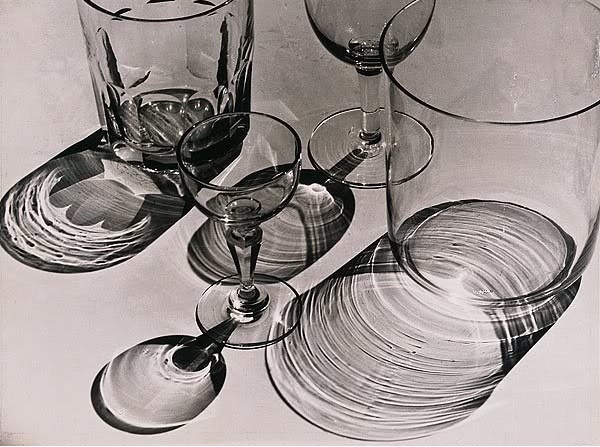
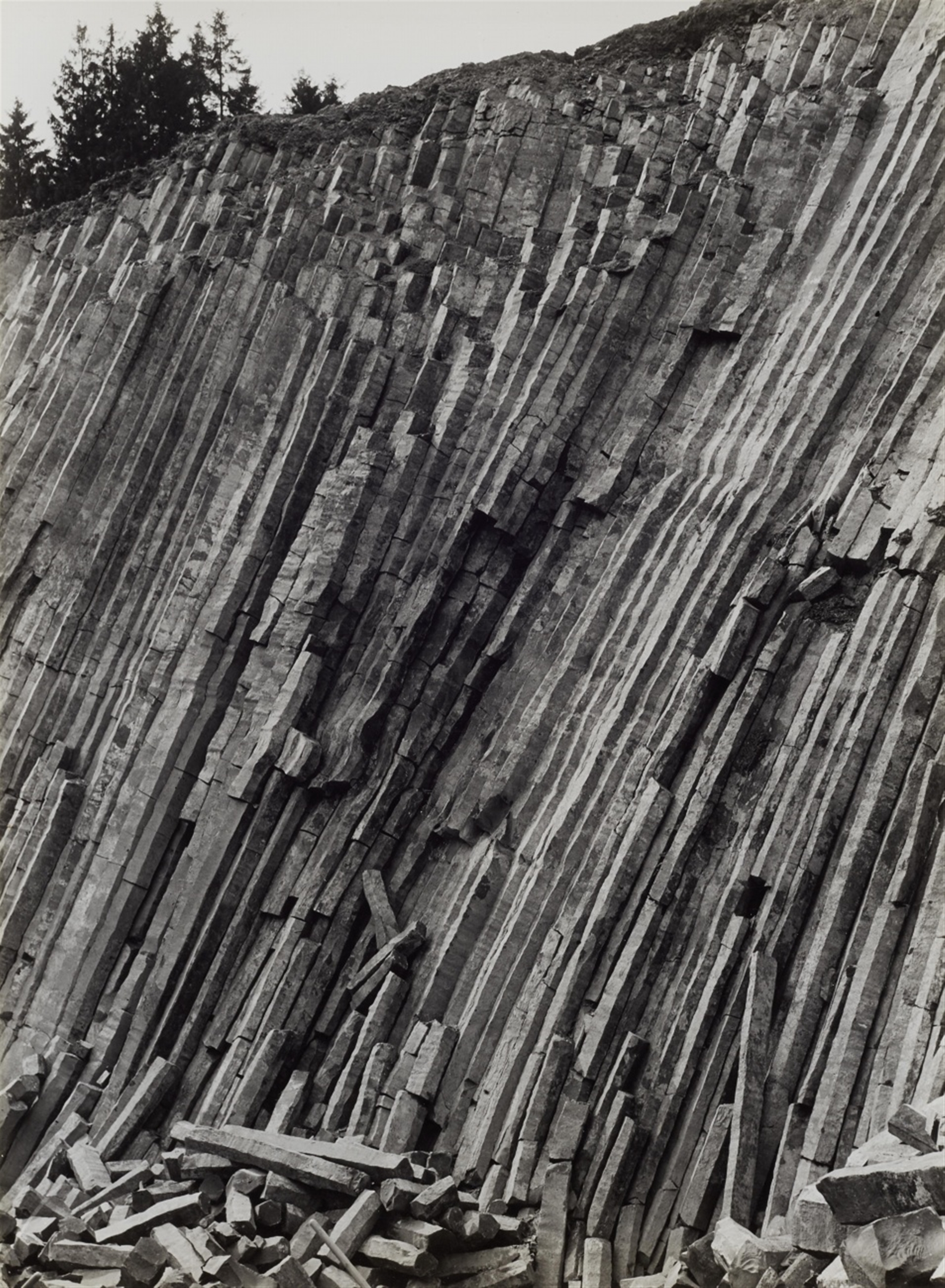
 3 Images By Albert Renger-Patzsch
3 Images By Albert Renger-Patzsch
Best Outcomes From Response
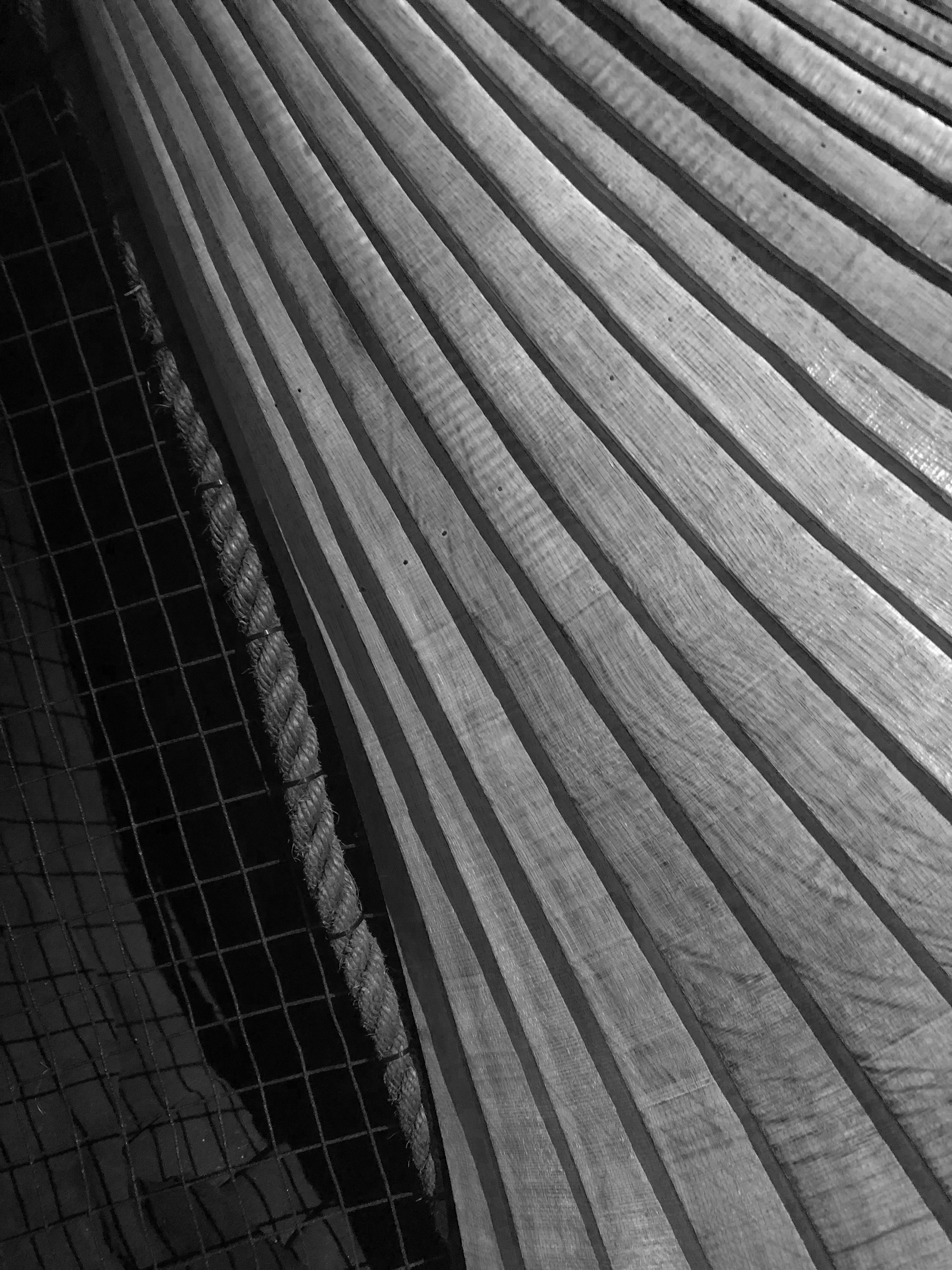


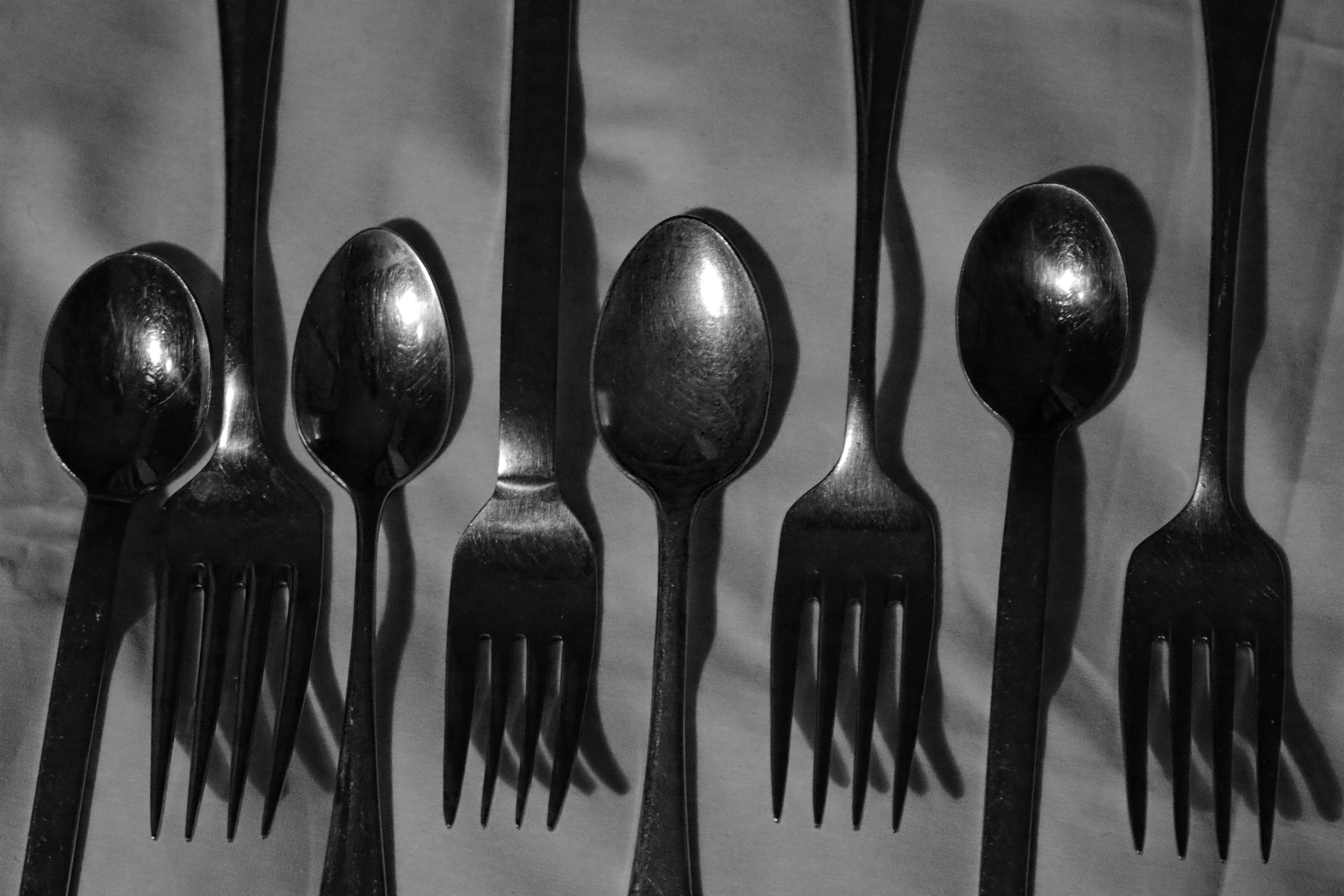
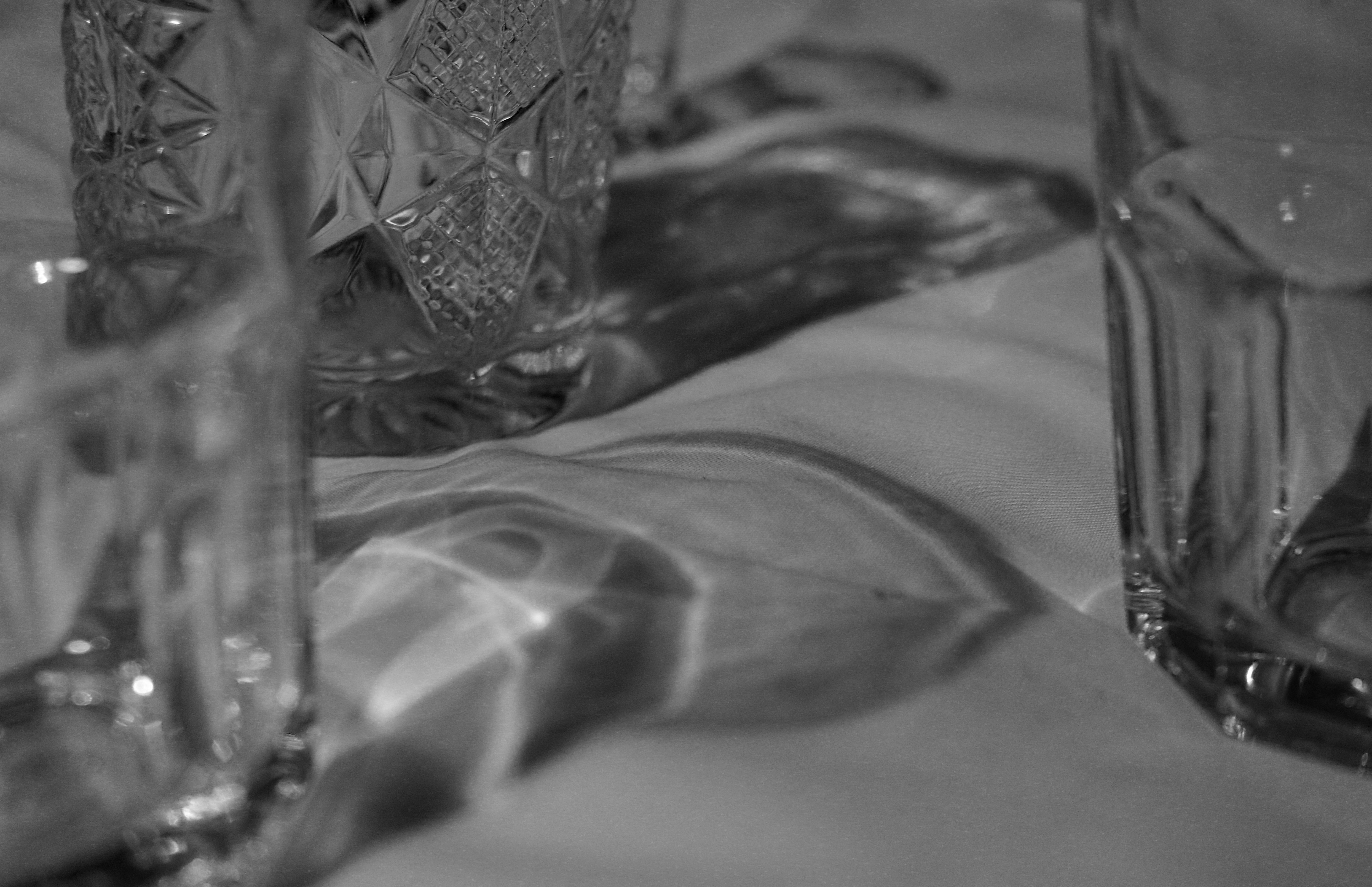
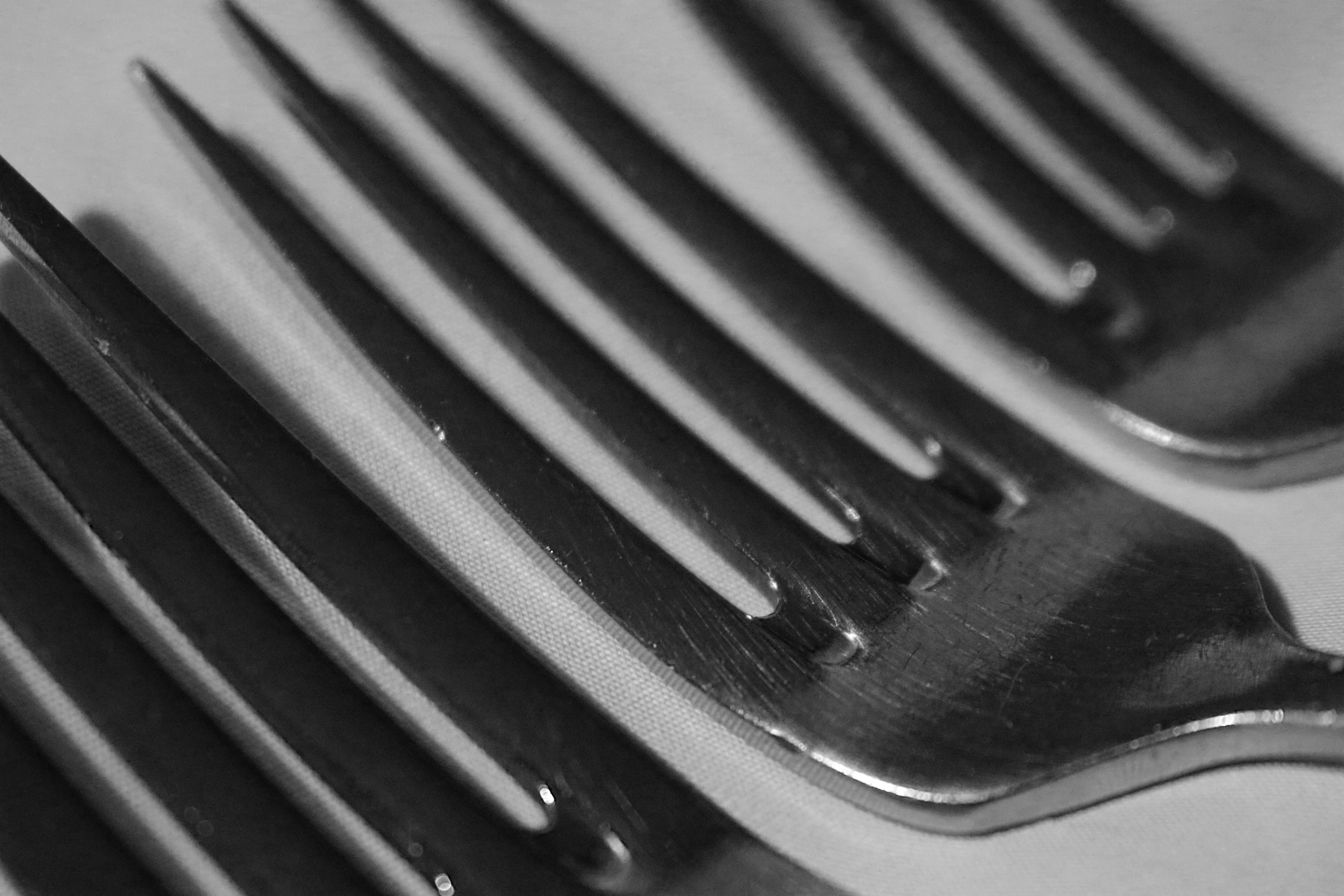
Double Exposure Technique
 First I overlapped the background layer image with a similar image.
First I overlapped the background layer image with a similar image.
Afterwards I changed the opacity of the overlapping image to 50%
I then changed the exposure of the background image to make it brighter and to add variation in tones.



here are a few other images I have created using double exposure.
Abstract Photography: Focus On Focus
During my photo shoot, focusing on focus and isolating certain parts of objects/scenes was the primary aim. These are my preferred images from the shoot.






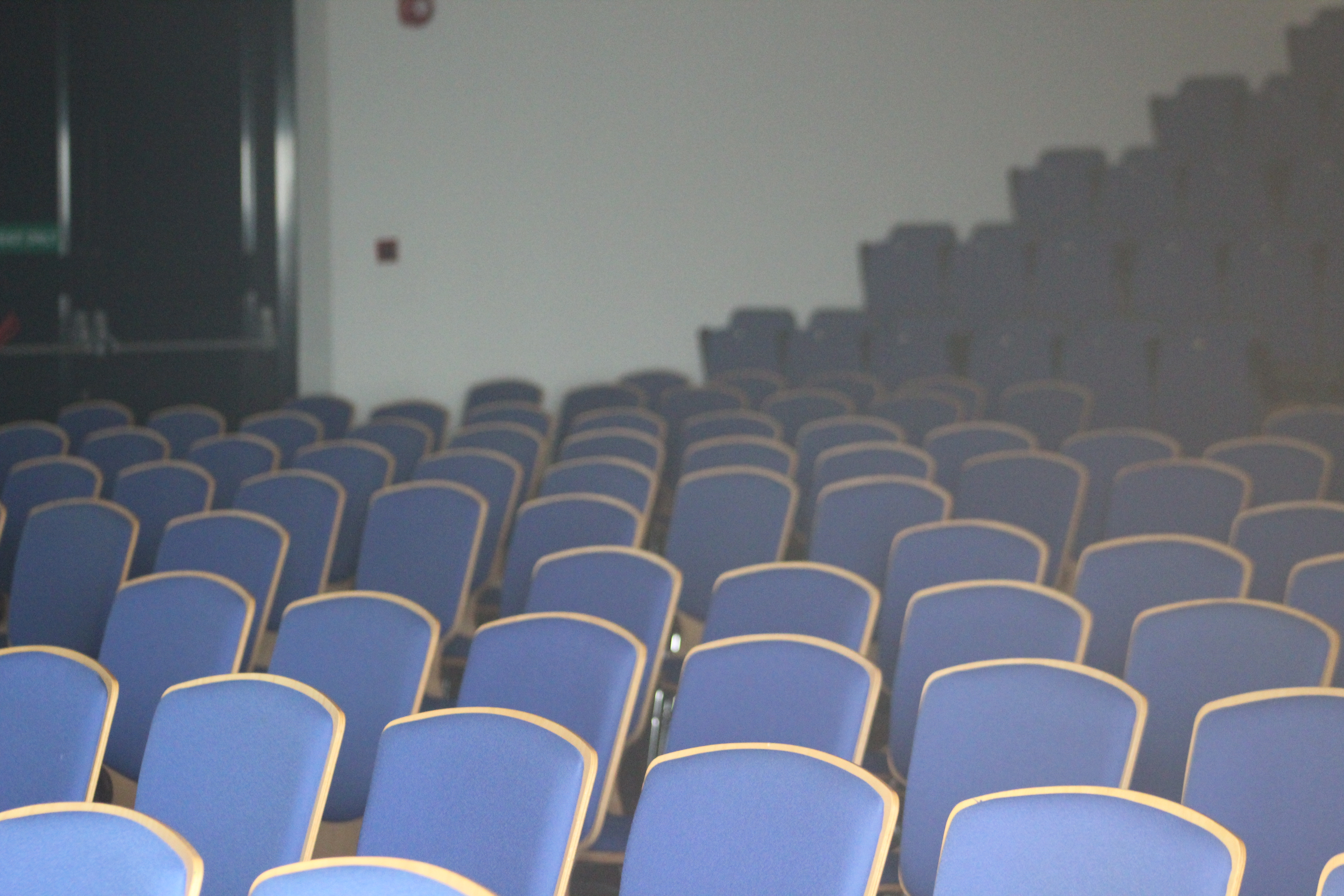



Keld Helmer Petersen
Keld Helmer Petersen was a Danish abstract colour photographer. In the 1940’s and 50’s he captured an array of images which were purely in black and white, without any mid tones. Two books, Black Noise and Black Light, would then be published featuring these images.

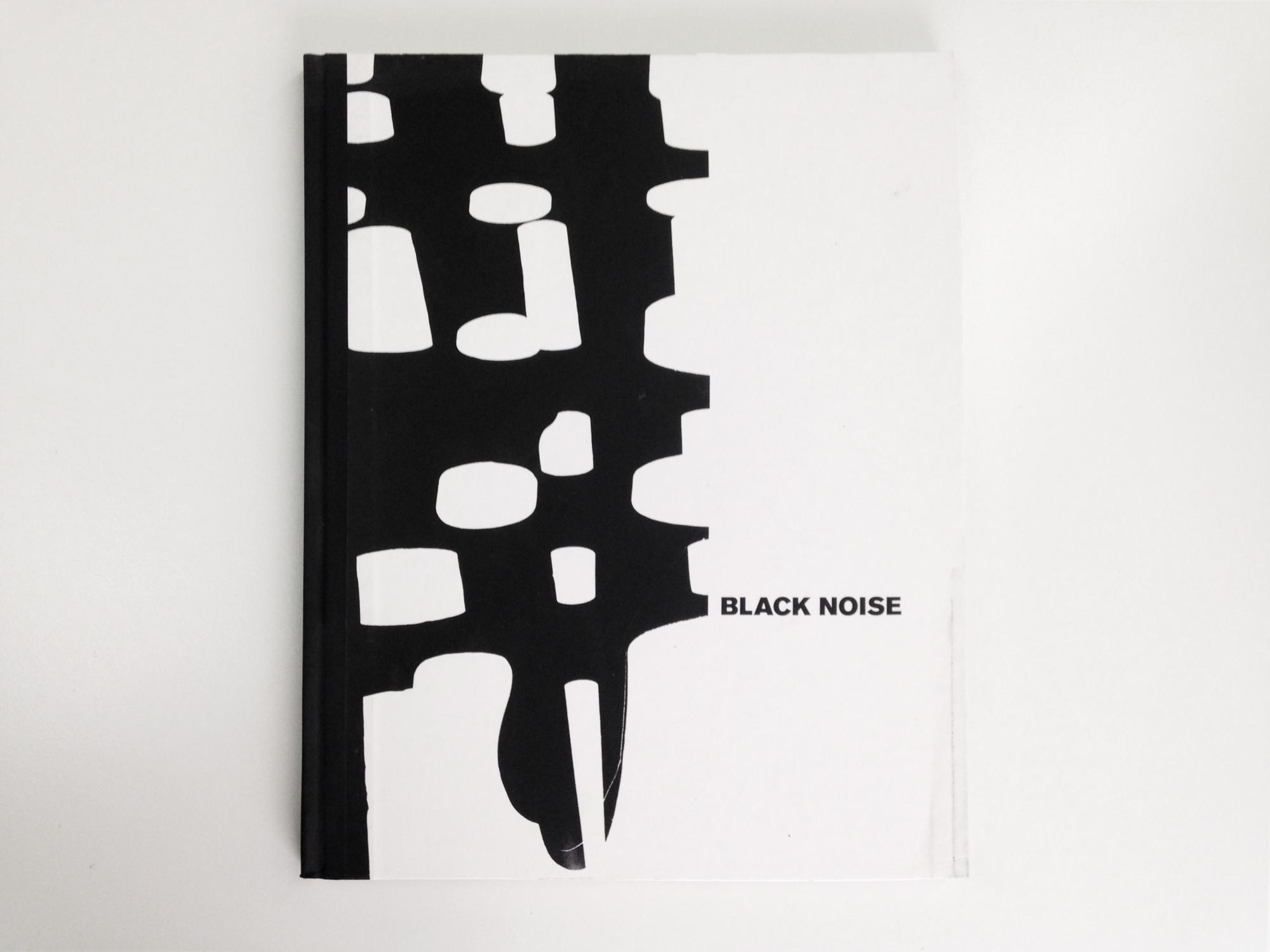

I have tried to capture the essence of Petersen’s images by editing my images in Photoshop and primarily using the ”Threshold” image adjustment tool.


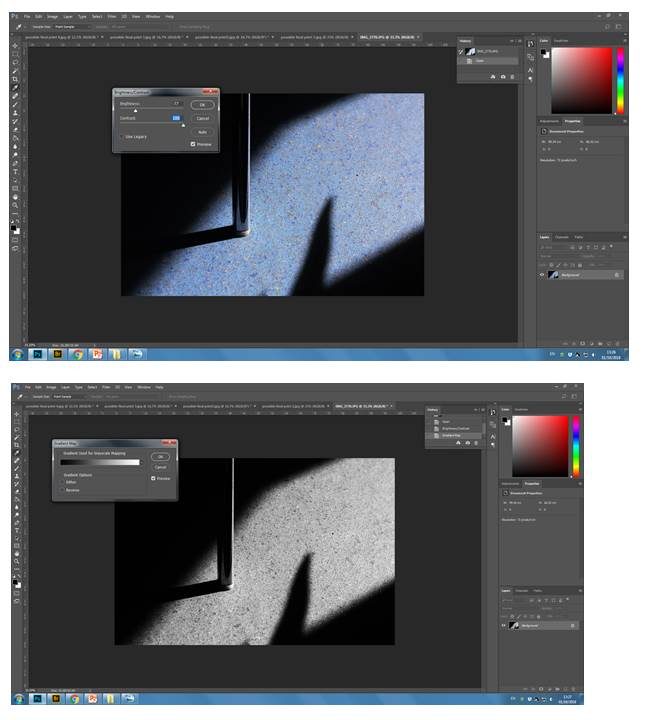
To Convert the image into black and white, I would first use the ‘black and white’ colour altering tool (this would still keep mid-tones). Afterwards I would use the ‘Threshold’ tool to remove mid-tones.

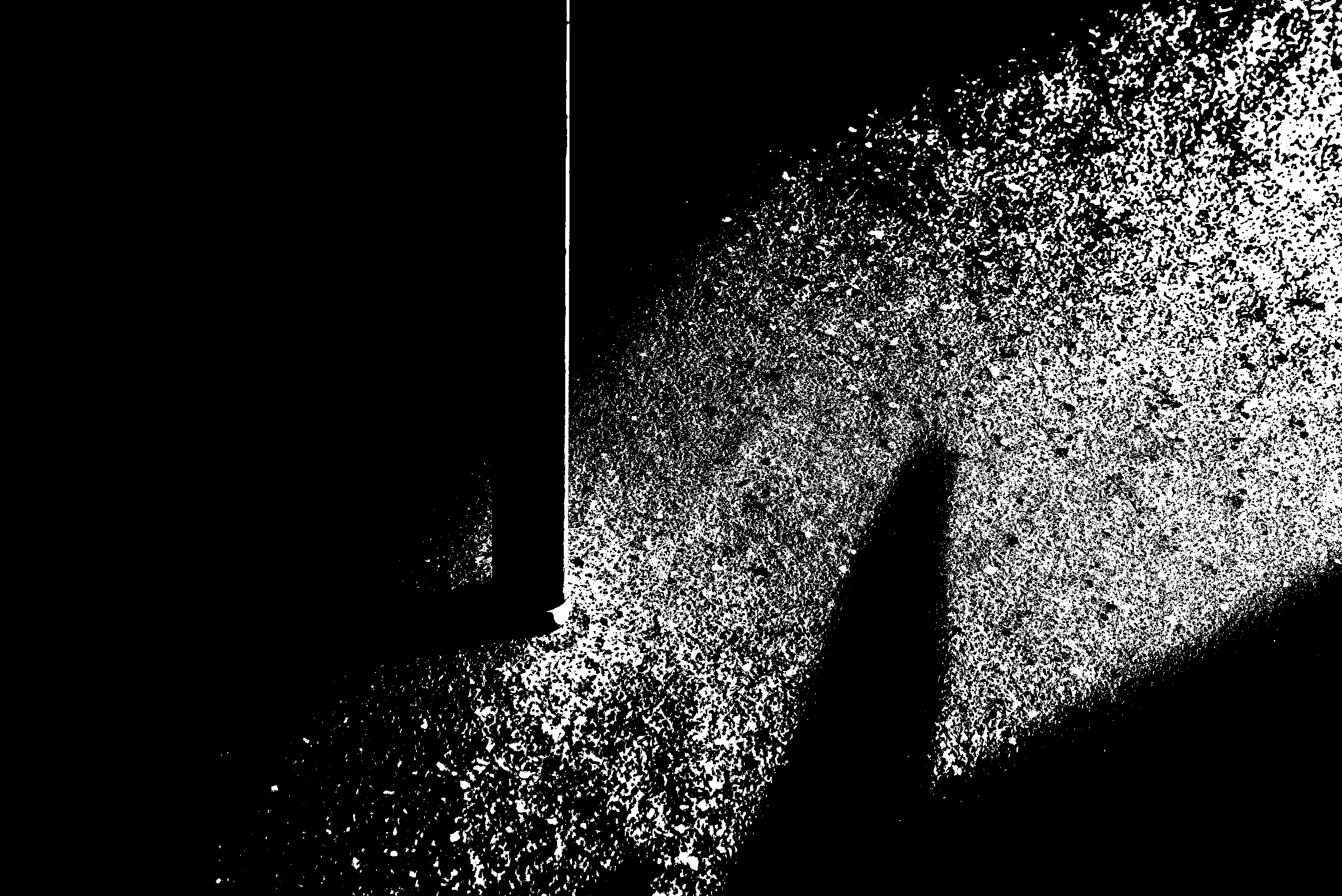
A couple other images I have altered in the same way are:



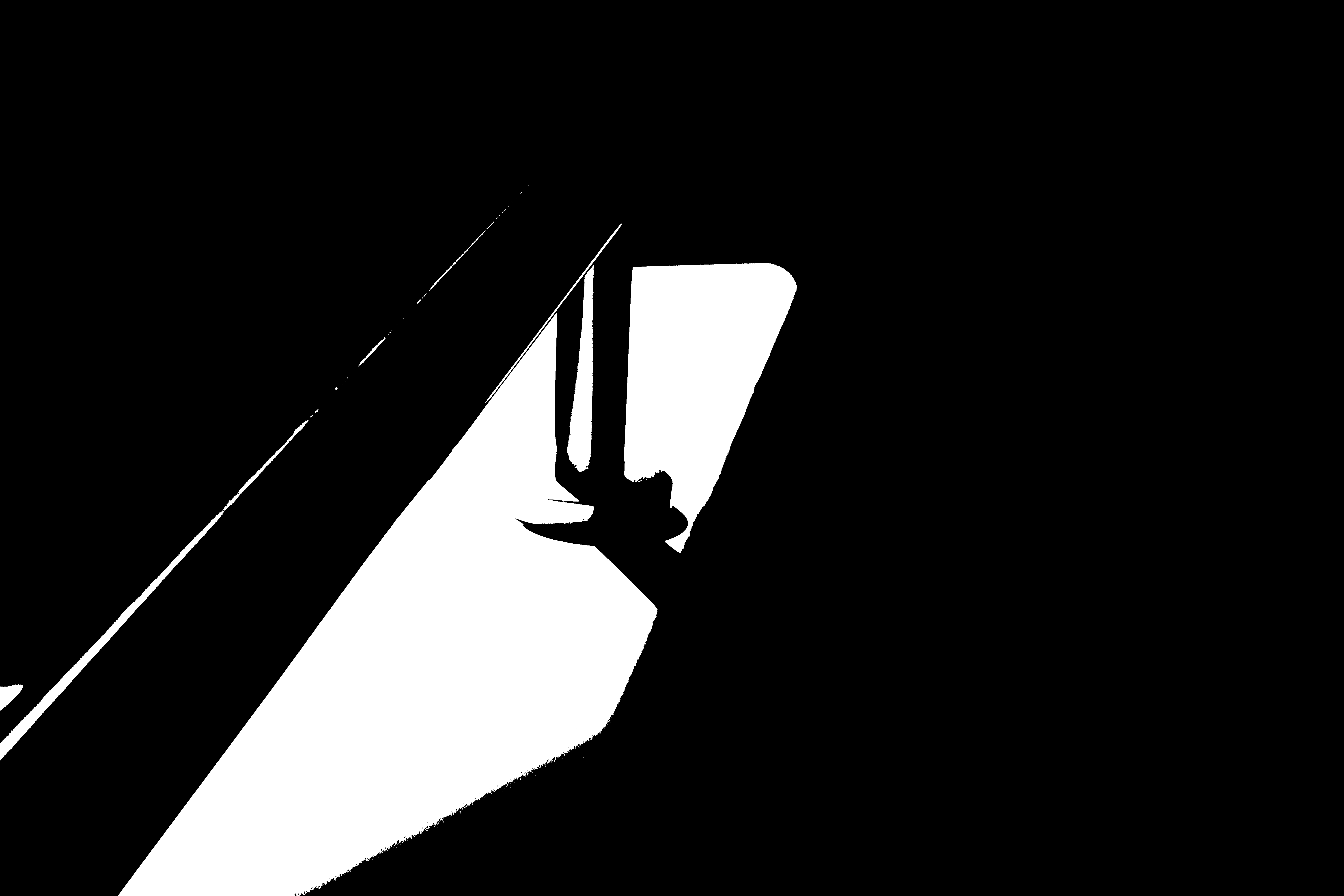
CCA Gallery Exhibition Visit & Analysis
“Entre Nous brings together the photographic works of Claude Cahun (1894-1954) and Clare Rae, presenting a conversation between two performative practices some 70 years apart.” – Entre Nous: Claude Cahun and Clare Rae Exhibition booklet.
The “Entre Nous” exhibition, presented by Clare Rae, featured two photographers and their similar works. Claude Cahun was a surrealist photographer who was based in Paris, France and moved to Jersey during the 1920’s and 40’s. She often depicted identity, challenged stereotypical gender roles, and featured mythology and legends in her works.
Clare Rae is a photographer and former “artist in residence” in Jersey who is from Australia. She is very well-known in her home country, however, with this exhibition, she has started to become internationally well-known. Clare Rae’s series of work which has been presented exclusively for this exhibition has been heavily influenced and inspired by Claude Cahun’s work.

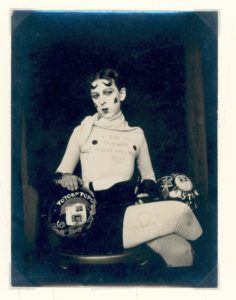
Claude Cahun “Je tends les bras” & “I am in training don’t kiss me”, respectively.
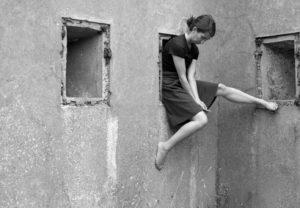
Clare Rae “Bunker near Petit Plemont”
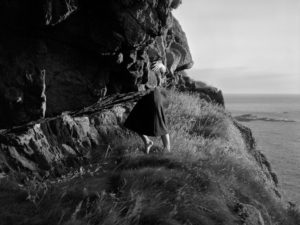
Clare Rae “Le Pinacle”
Clare Rae’s work features many of the same themes which Cahun covers. However, the most obvious theme is the ”Myths & Legends” where rocks would be portrayed as having human body parts. Other obvious similarities include both sets of images being in black and white as well. However, although both in black and white, Rae’s images are sharper and more detailed, this is due to the majority of Cahun’s images being taken in the 1920’s and 30’s, where cameras weren’t as developed.
My favourite image from Rae’s set of images is “Le Pinacle” due to the image being focused on Rae, as shown by her being centred in the image, although most of her body is being obstructed by the rock which is jutting out.
My favourite image from Cahun’s set of images is the image in which she is in her garden. What I like about this image is the splicing of the two images where Cahun is standing, and where she is sitting.
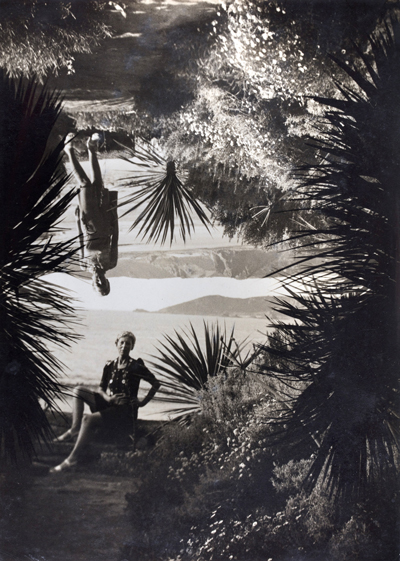
Photo Shoot – Photography Of Paper



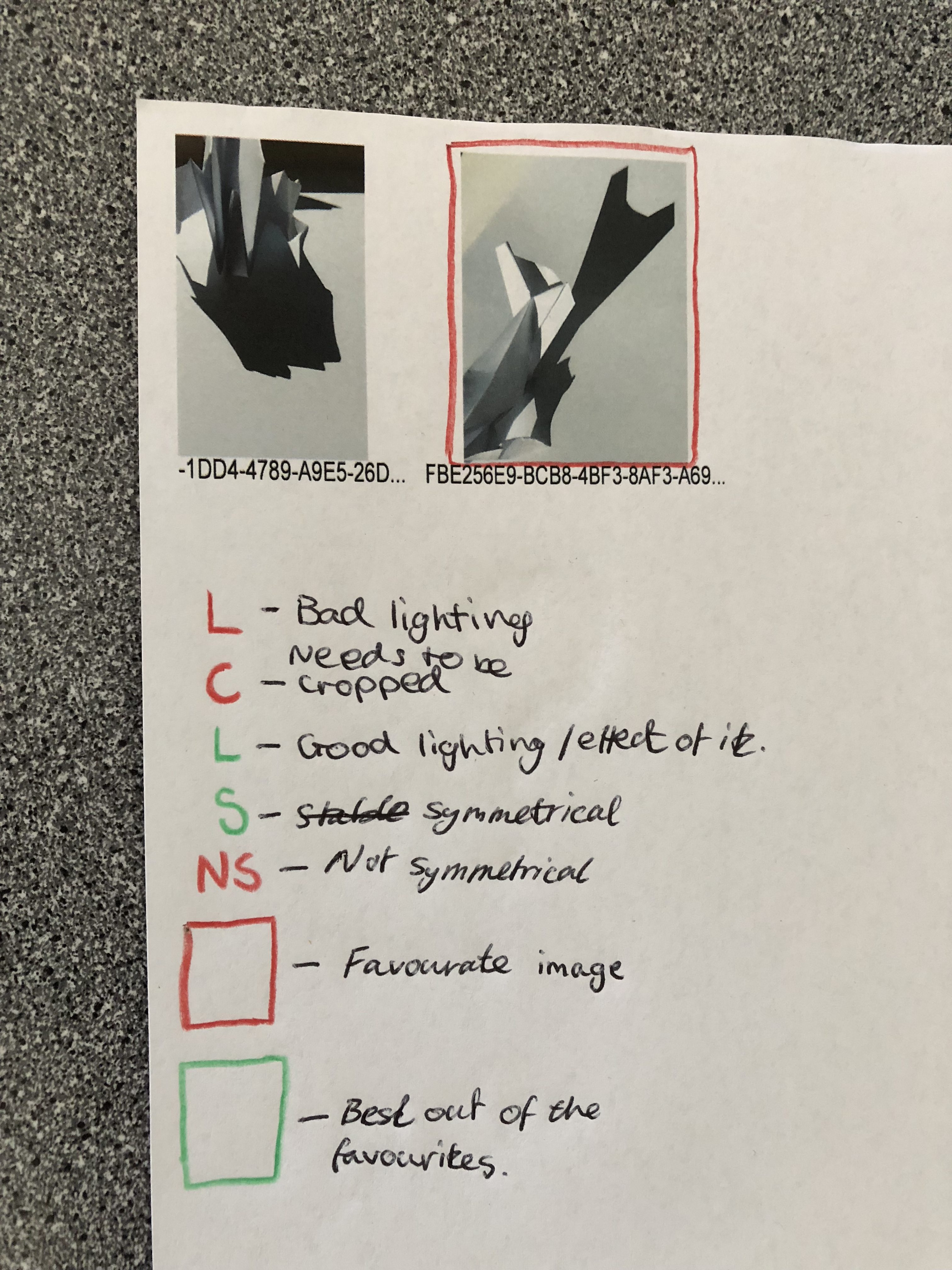

The image above is the image which I think is the best out of my preferred selection. And therefore is the one which I will edit.



The edited image which I prefer the most is the first as it focuses on light and shadow.
Pre AS Summer Task

